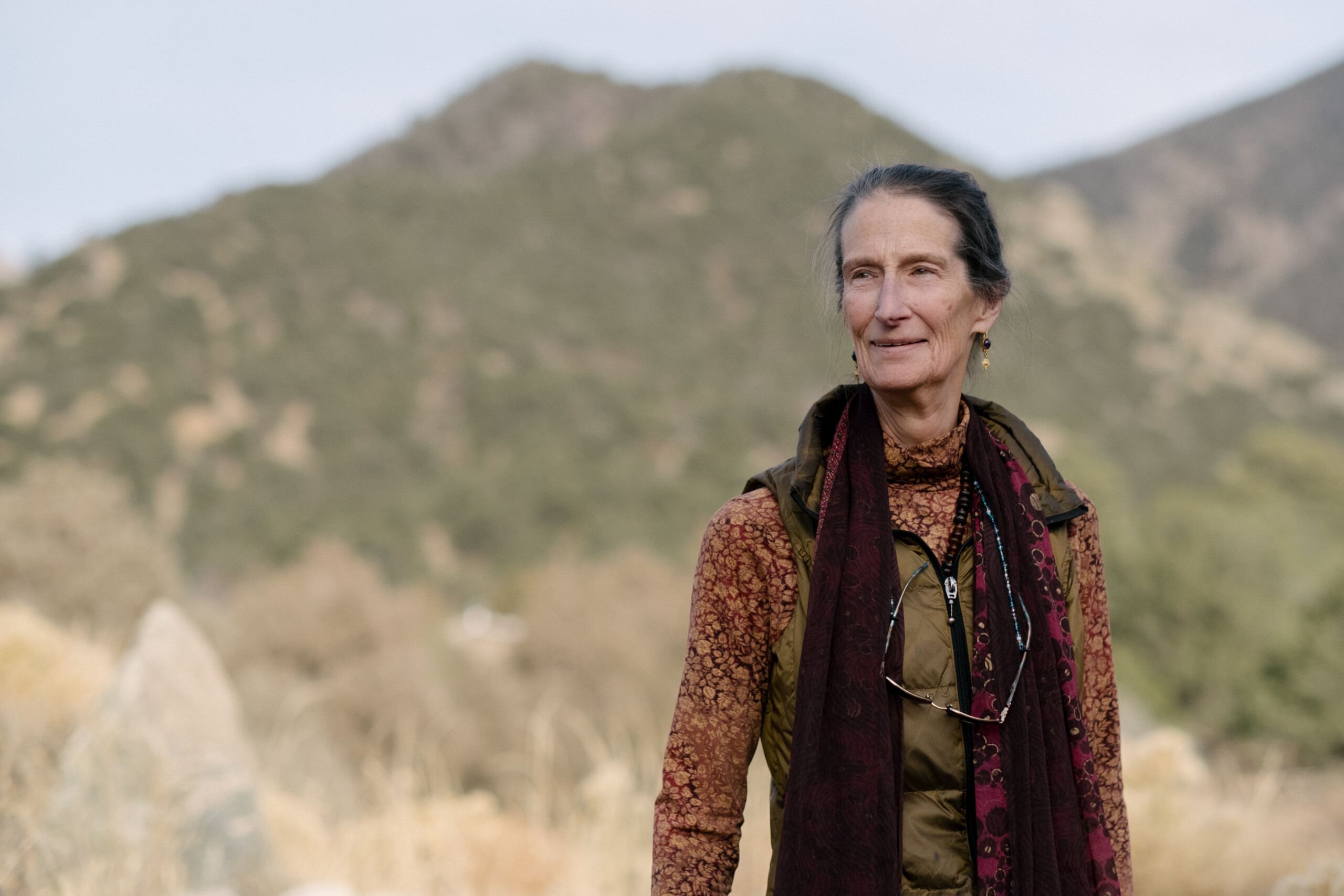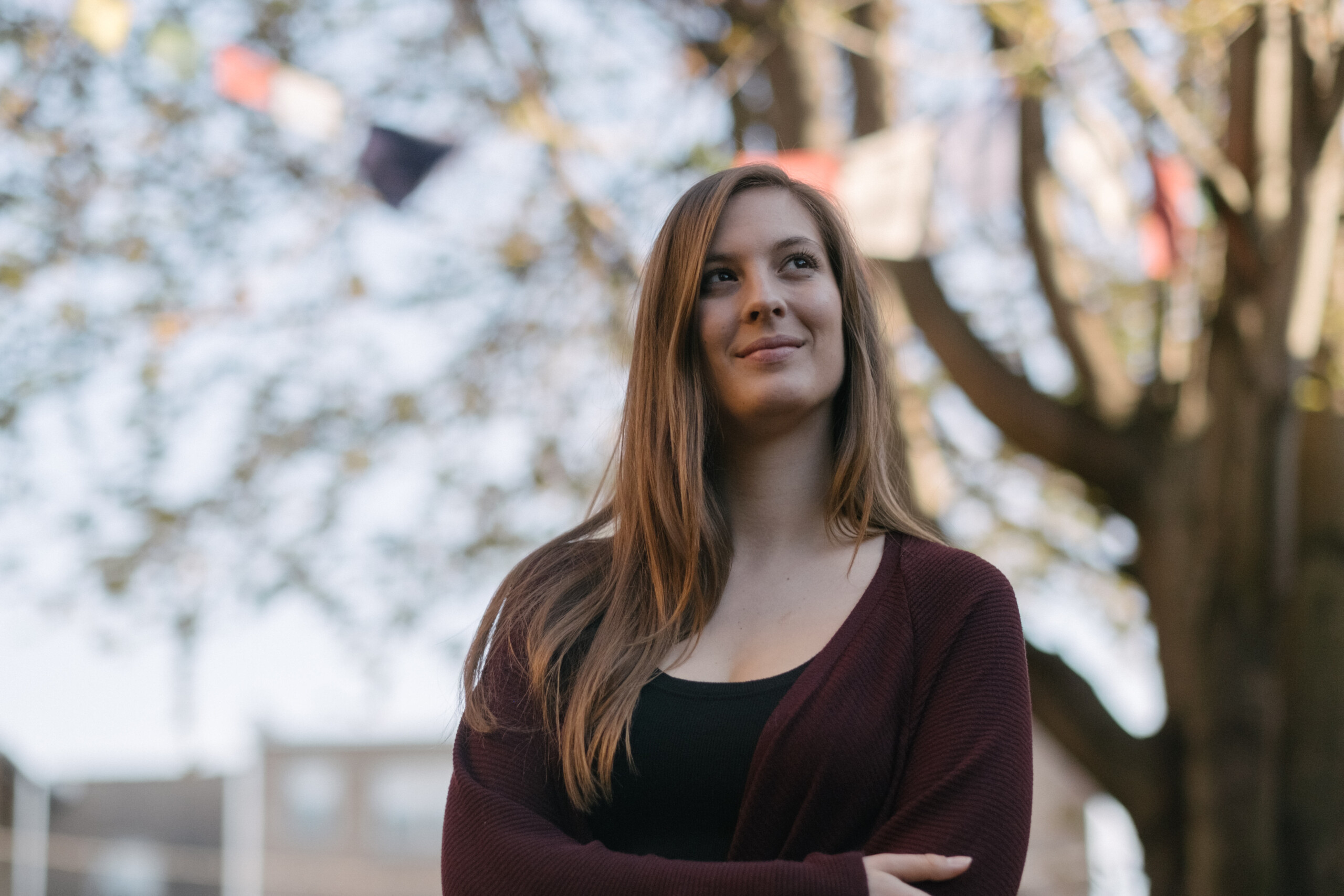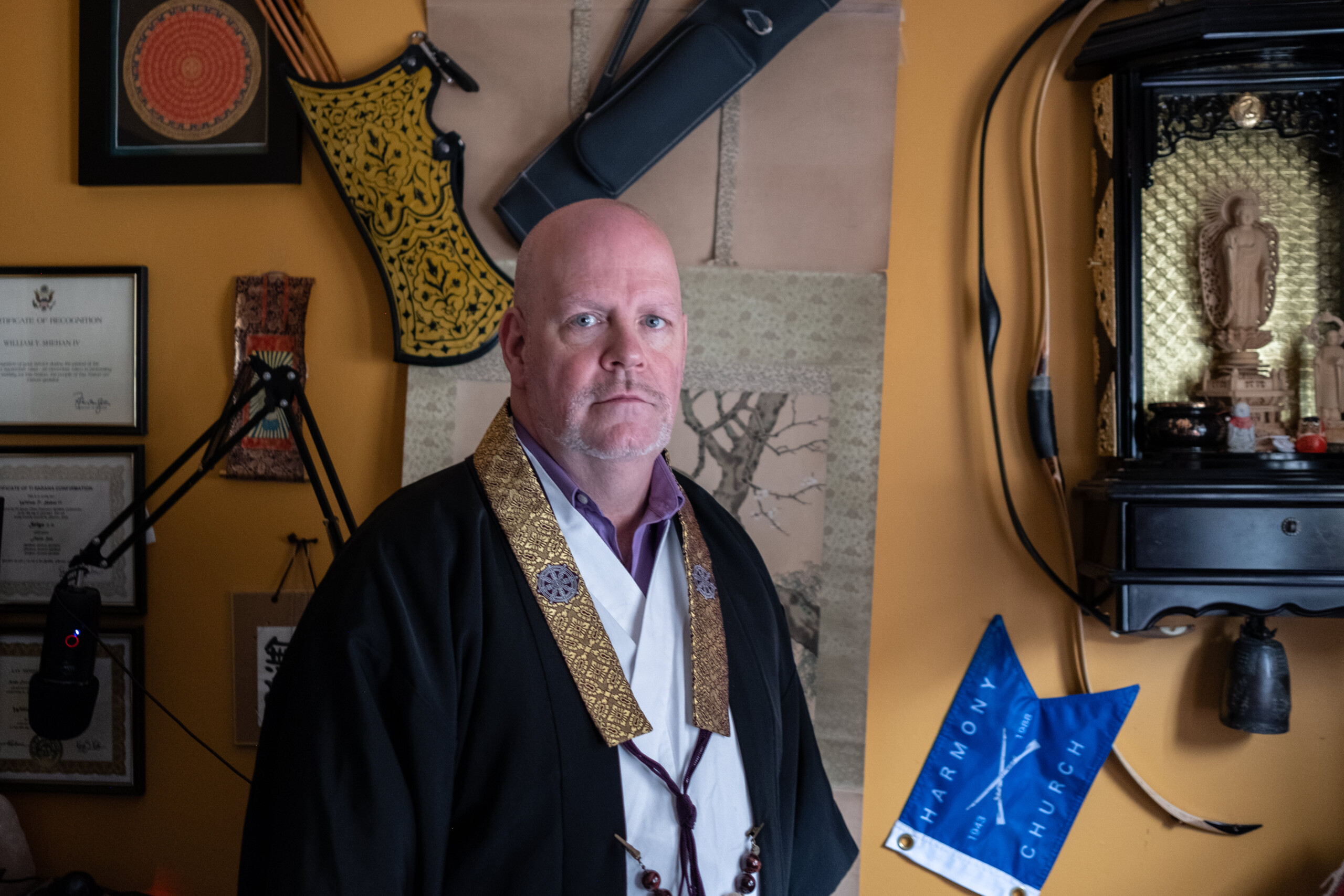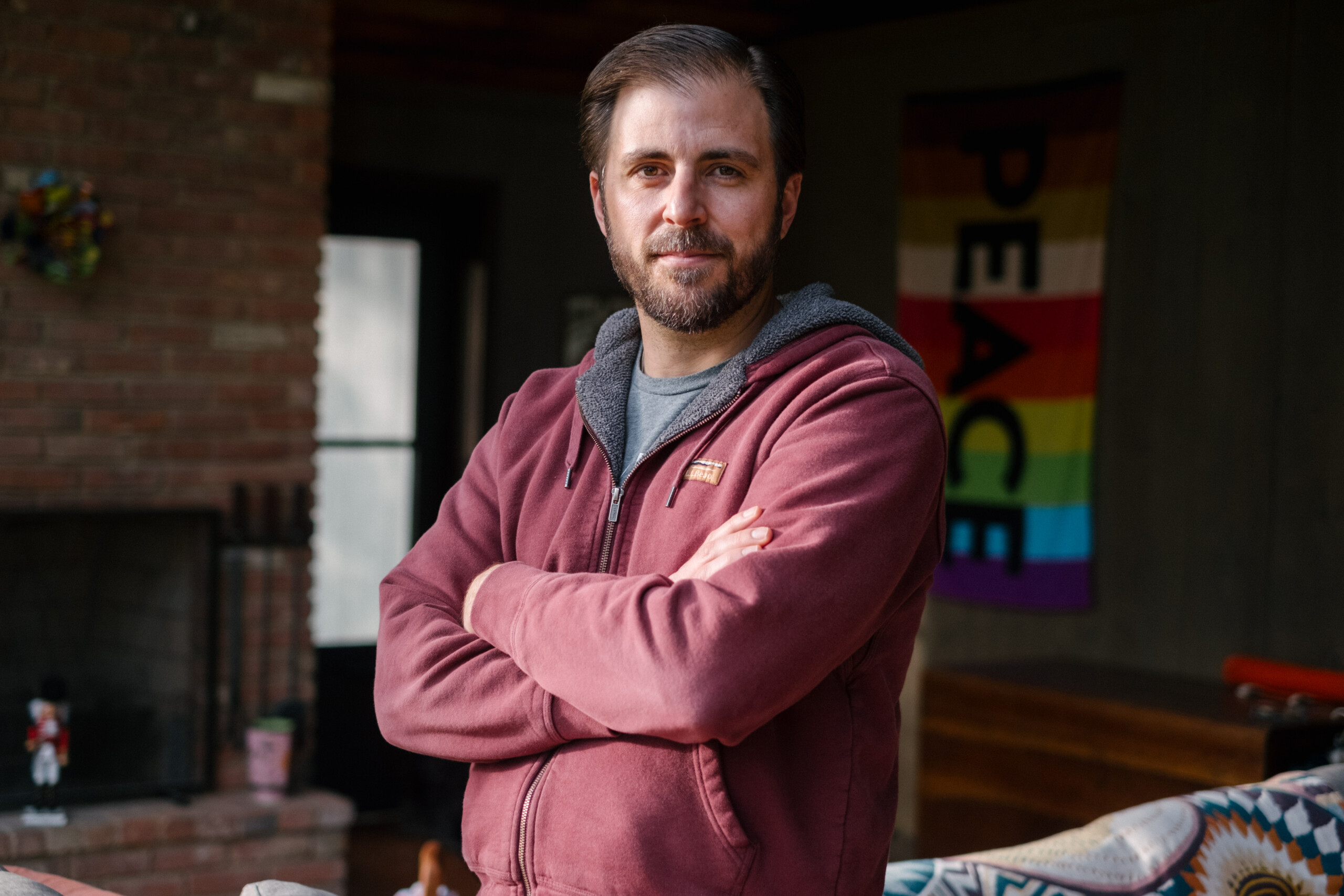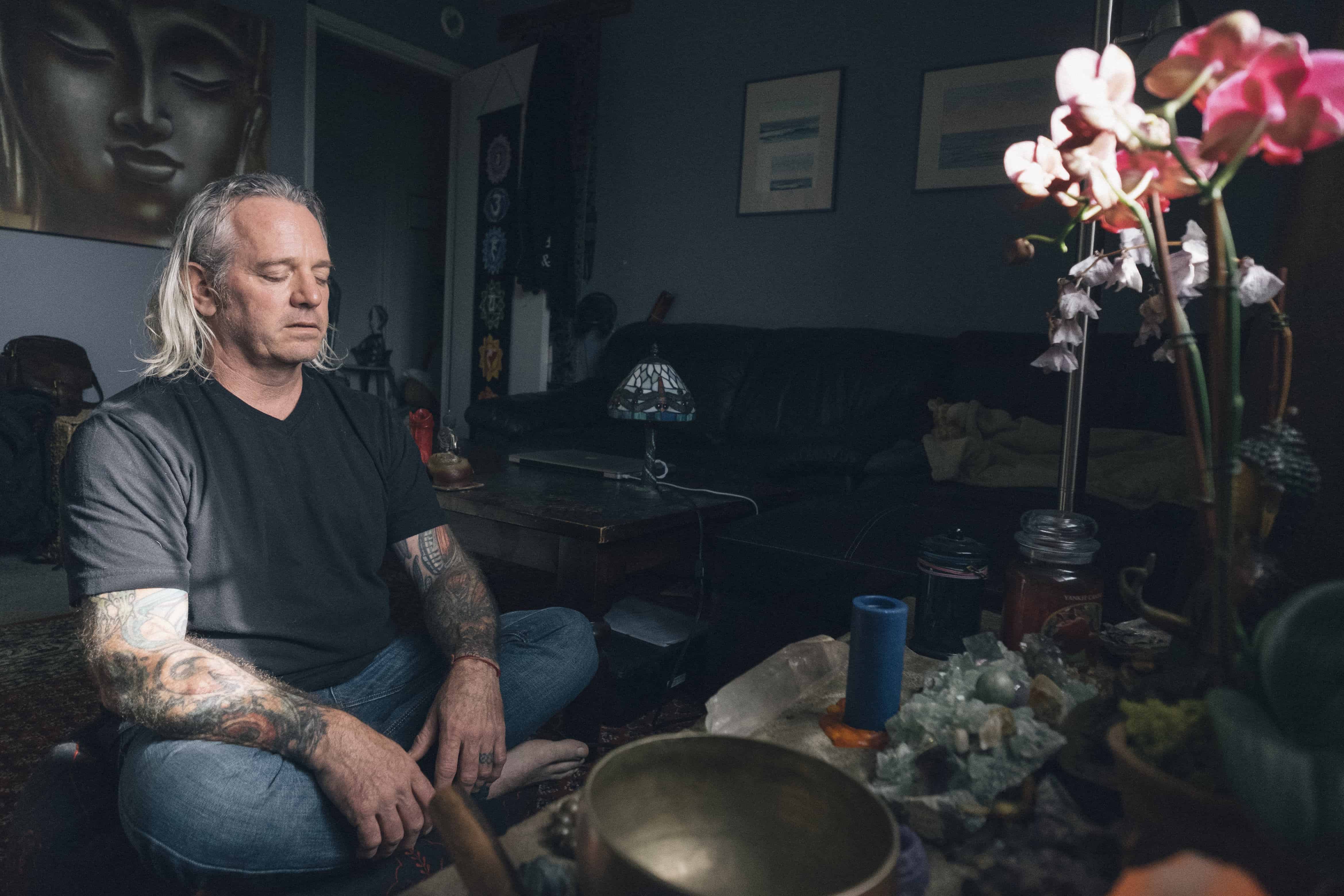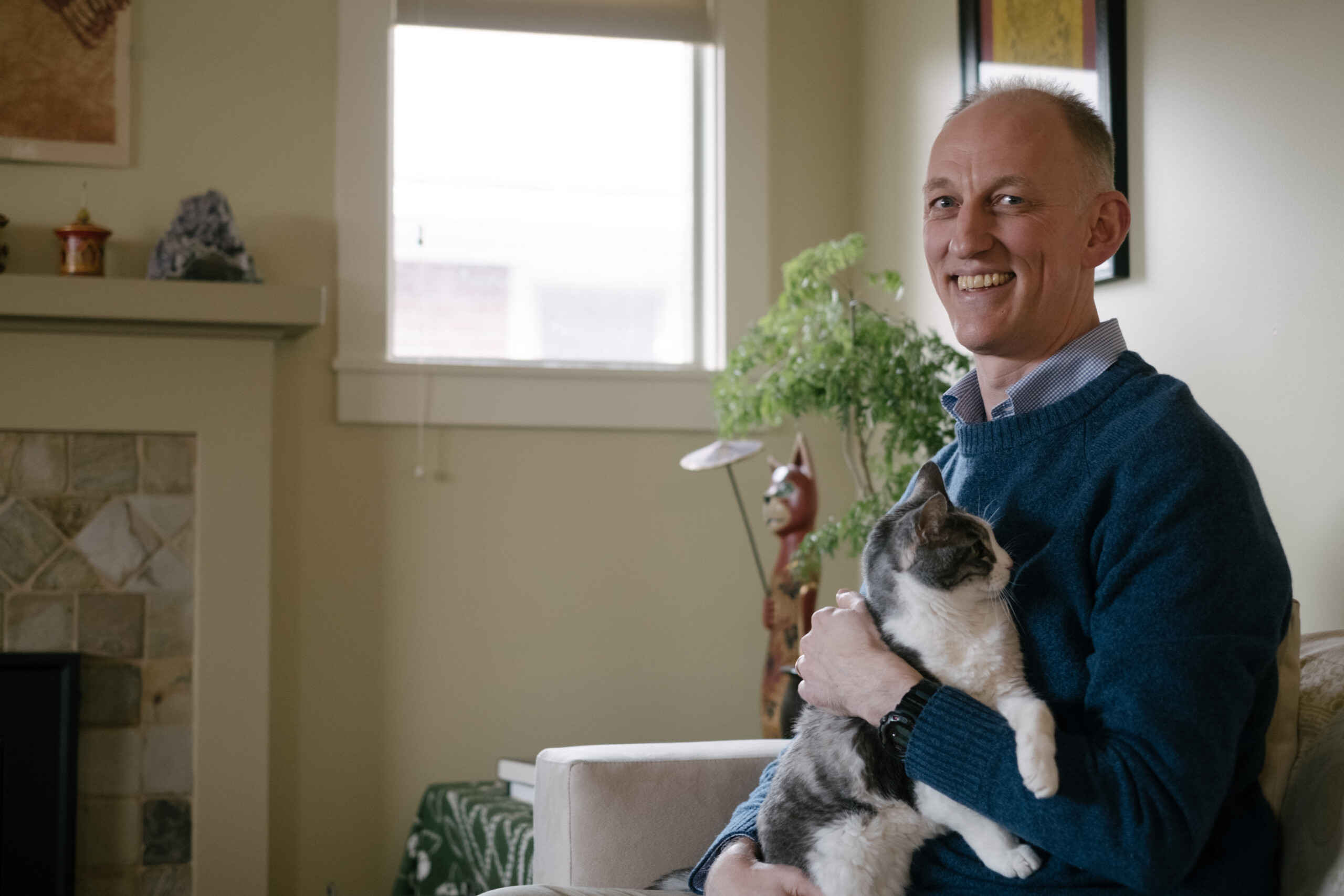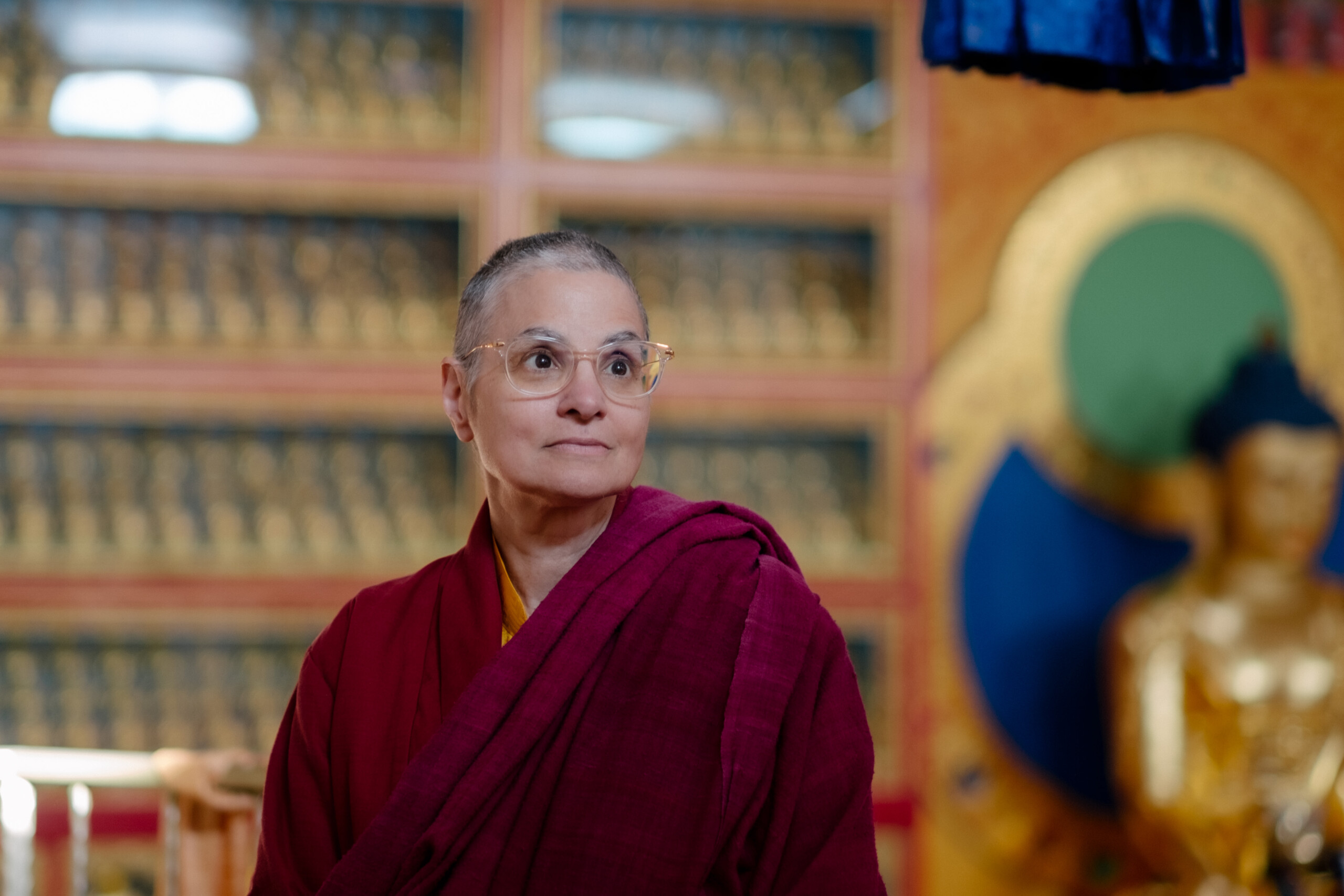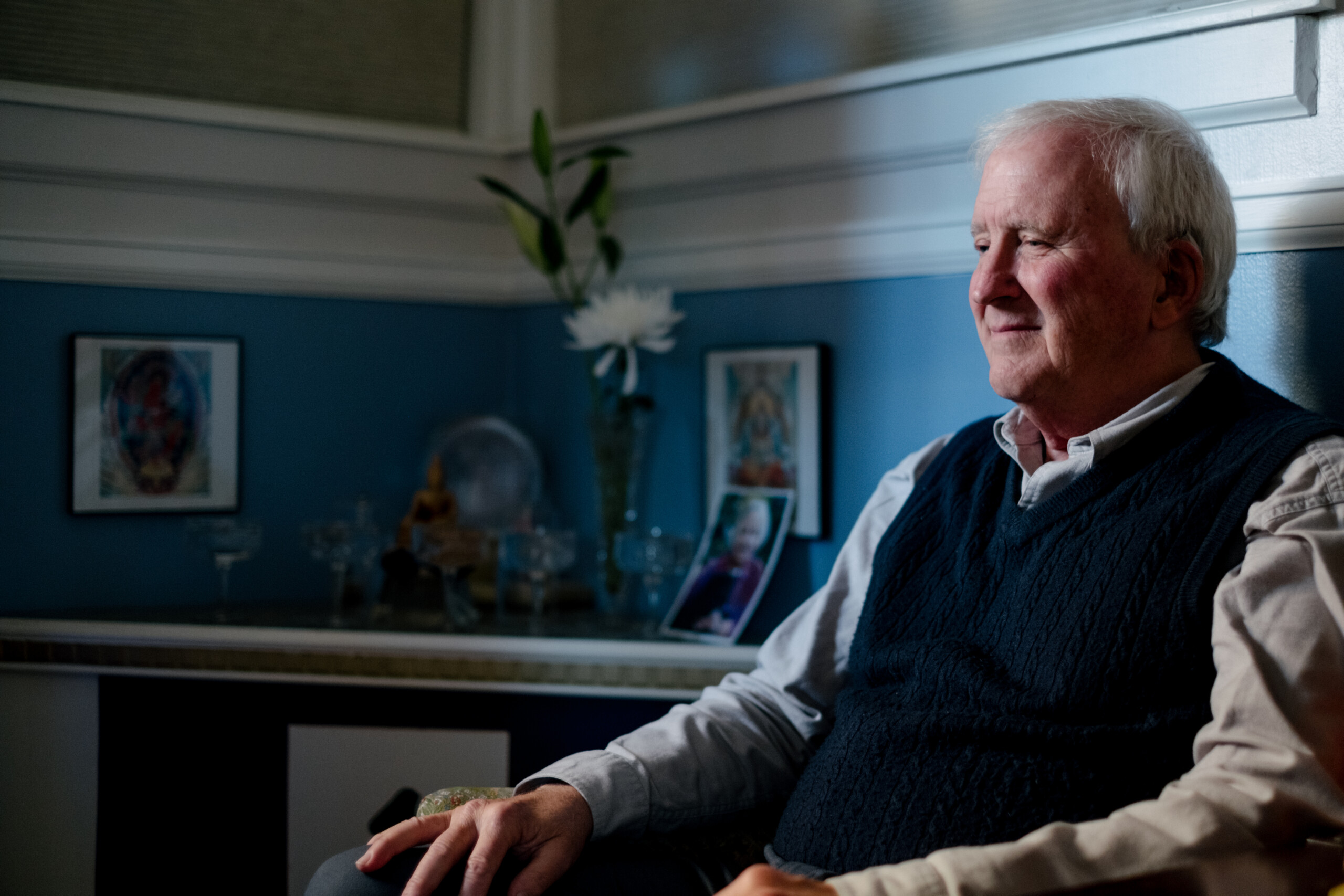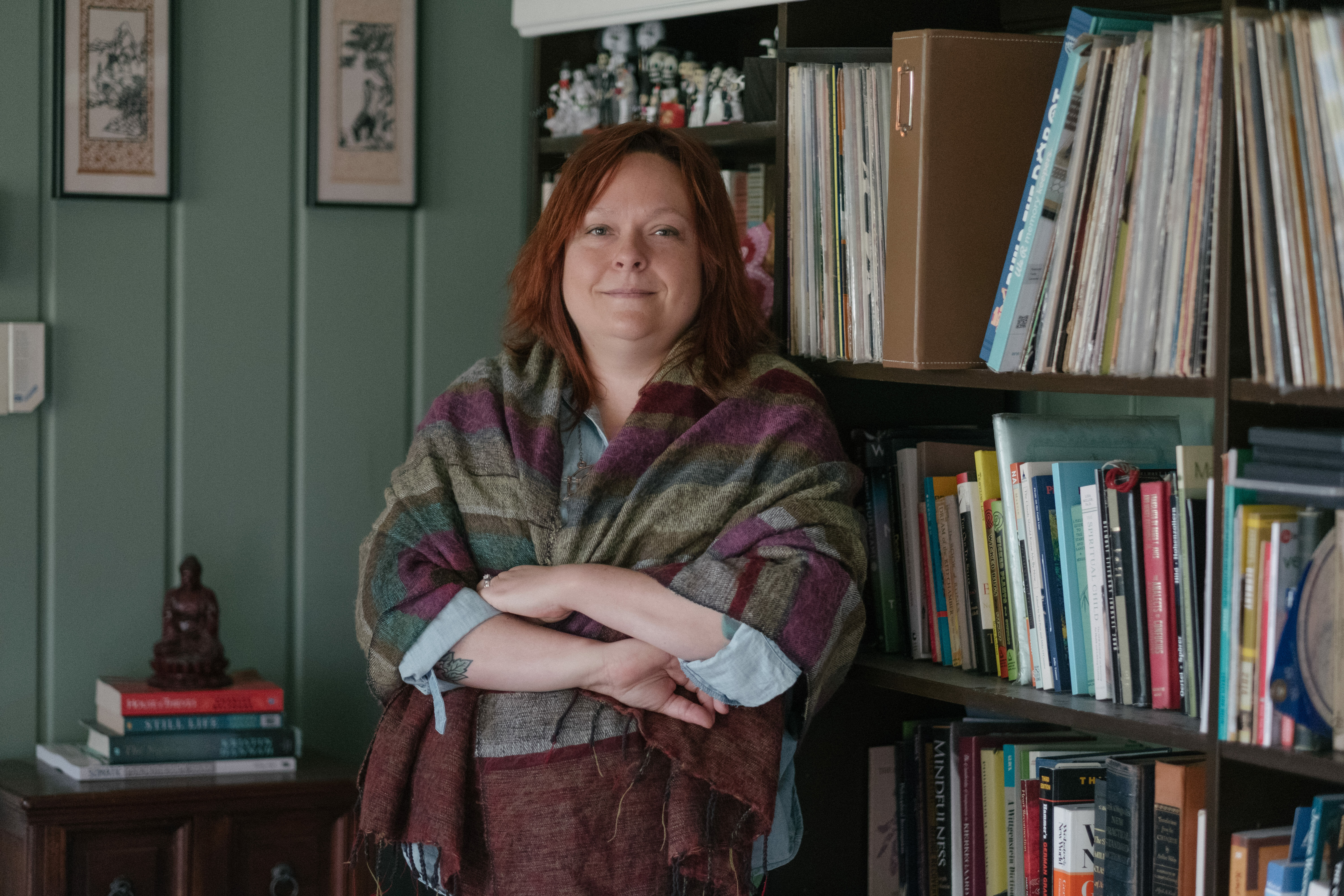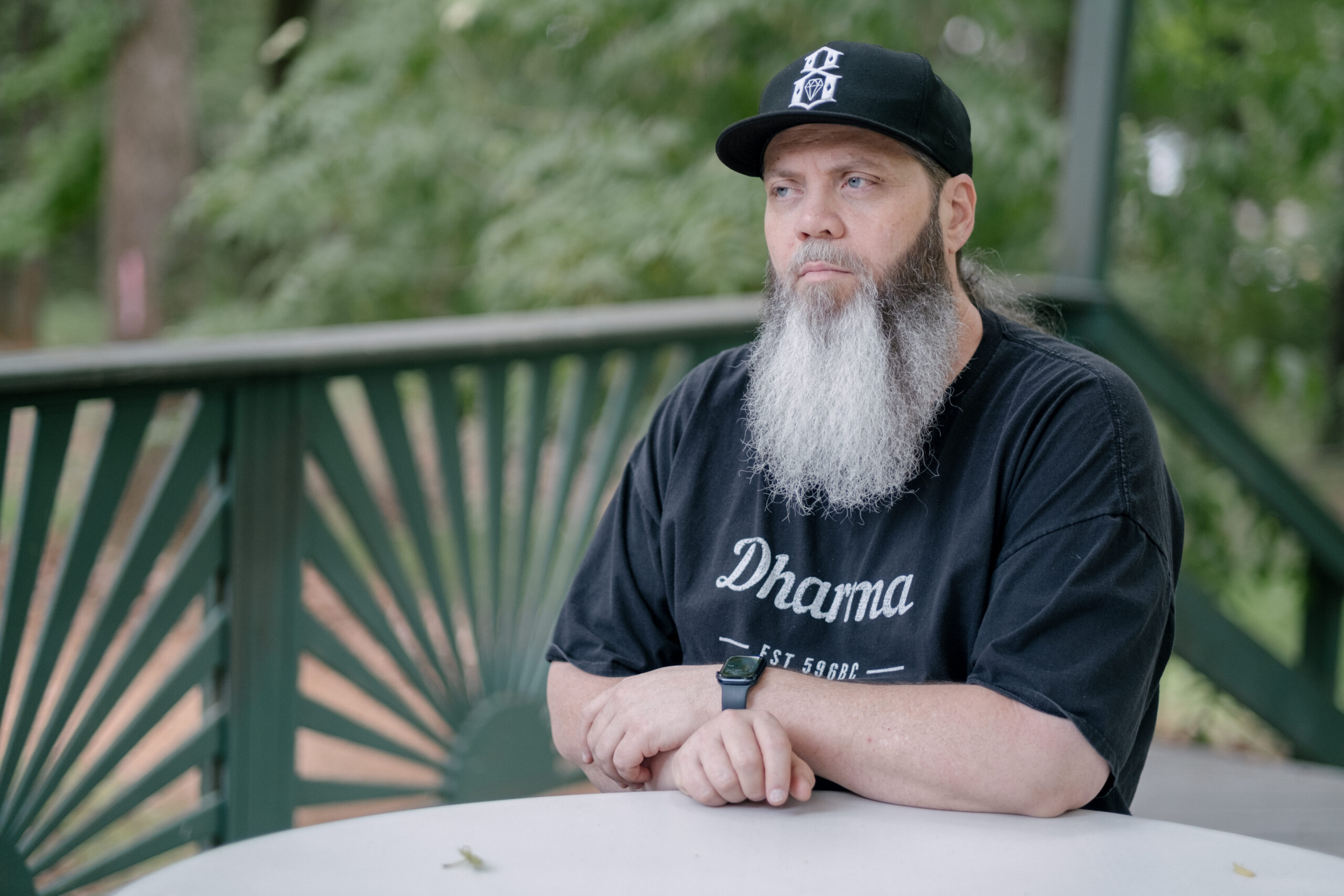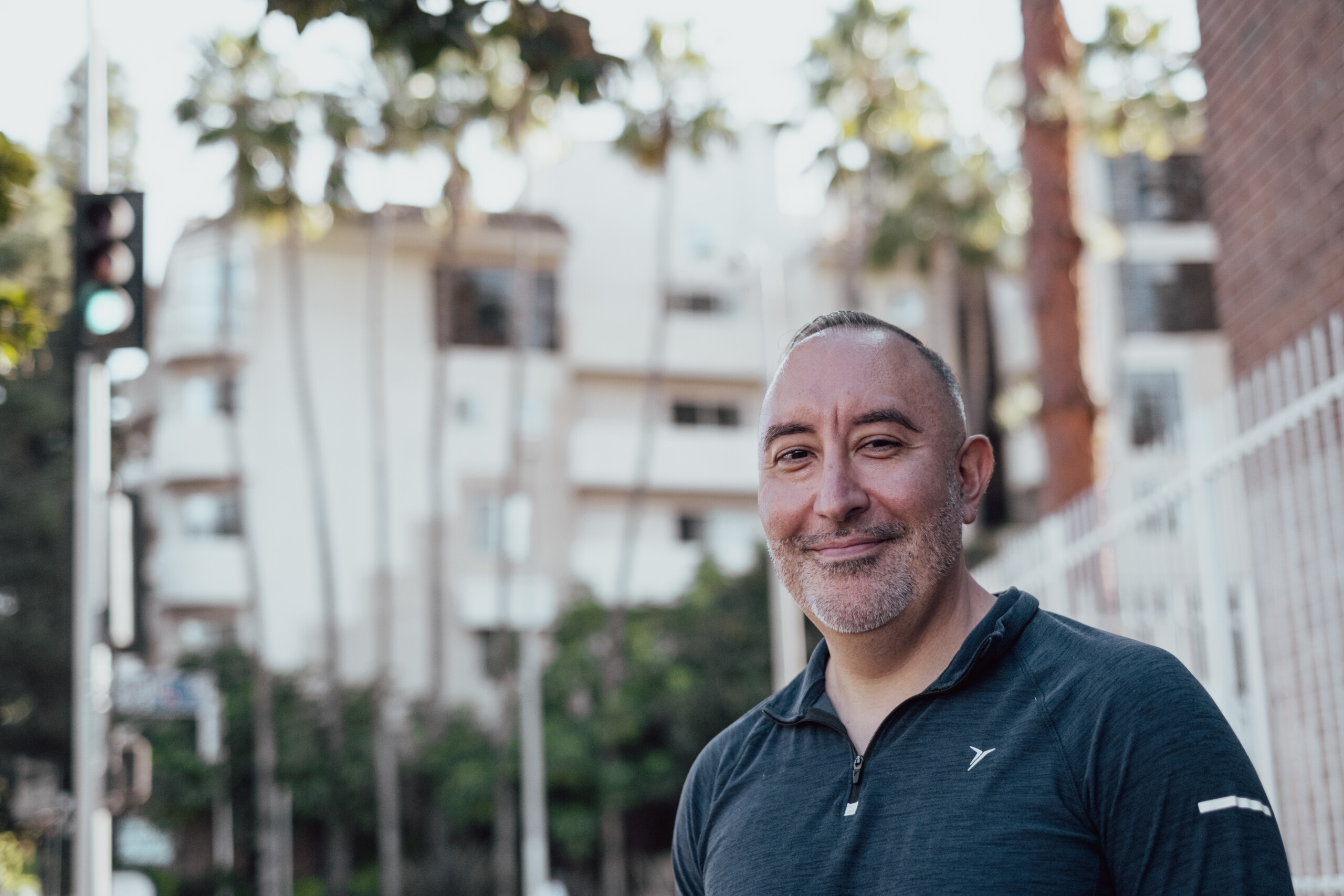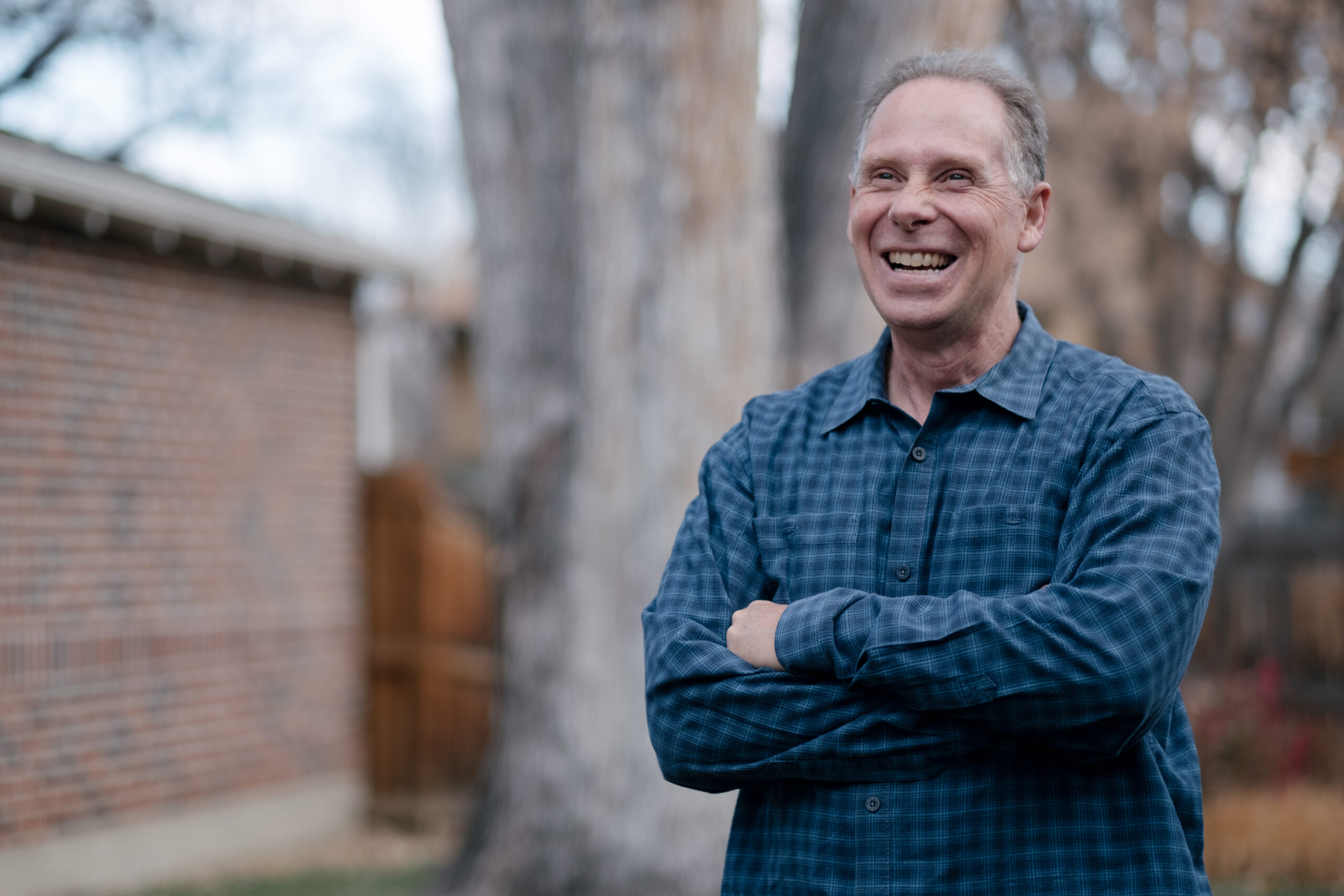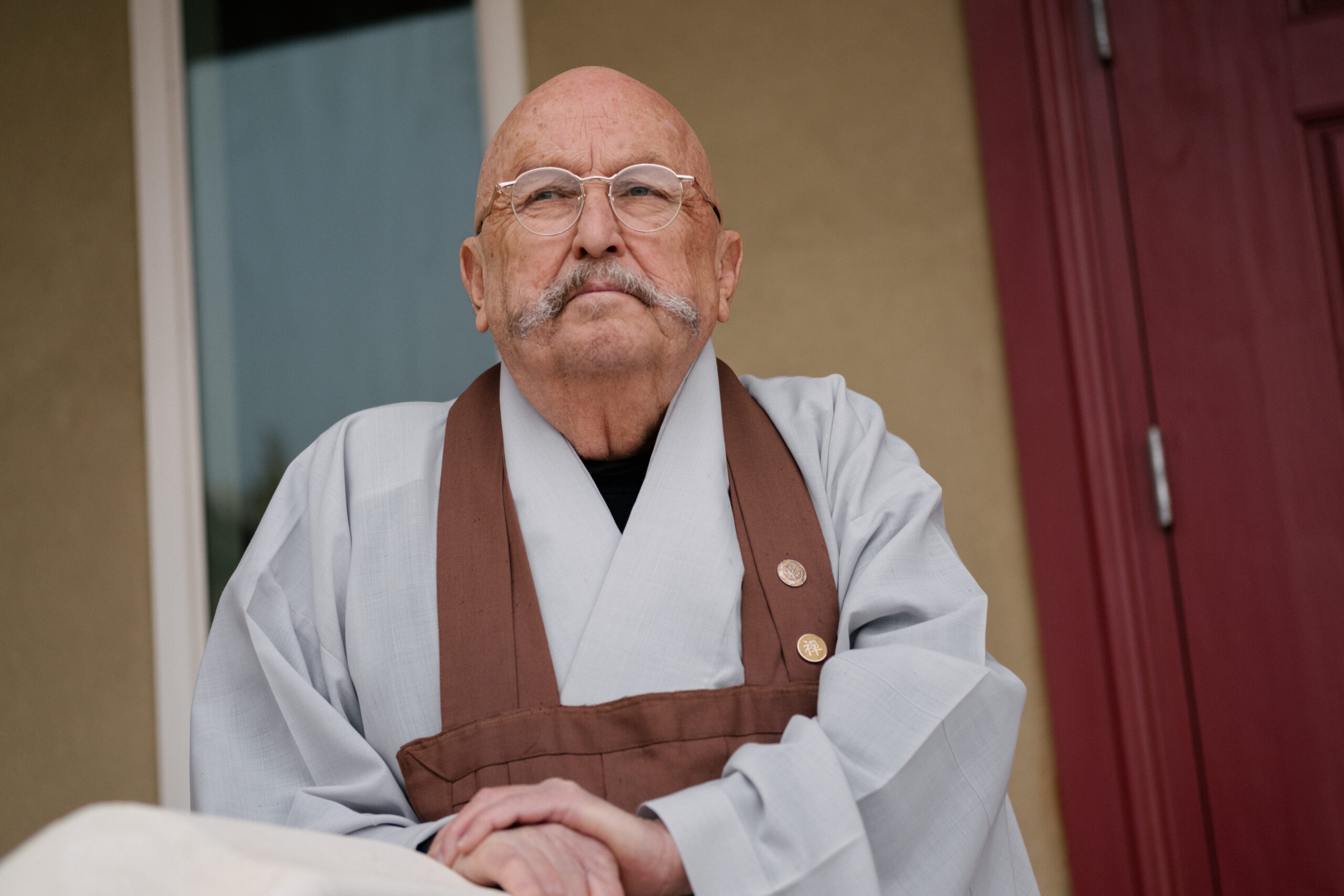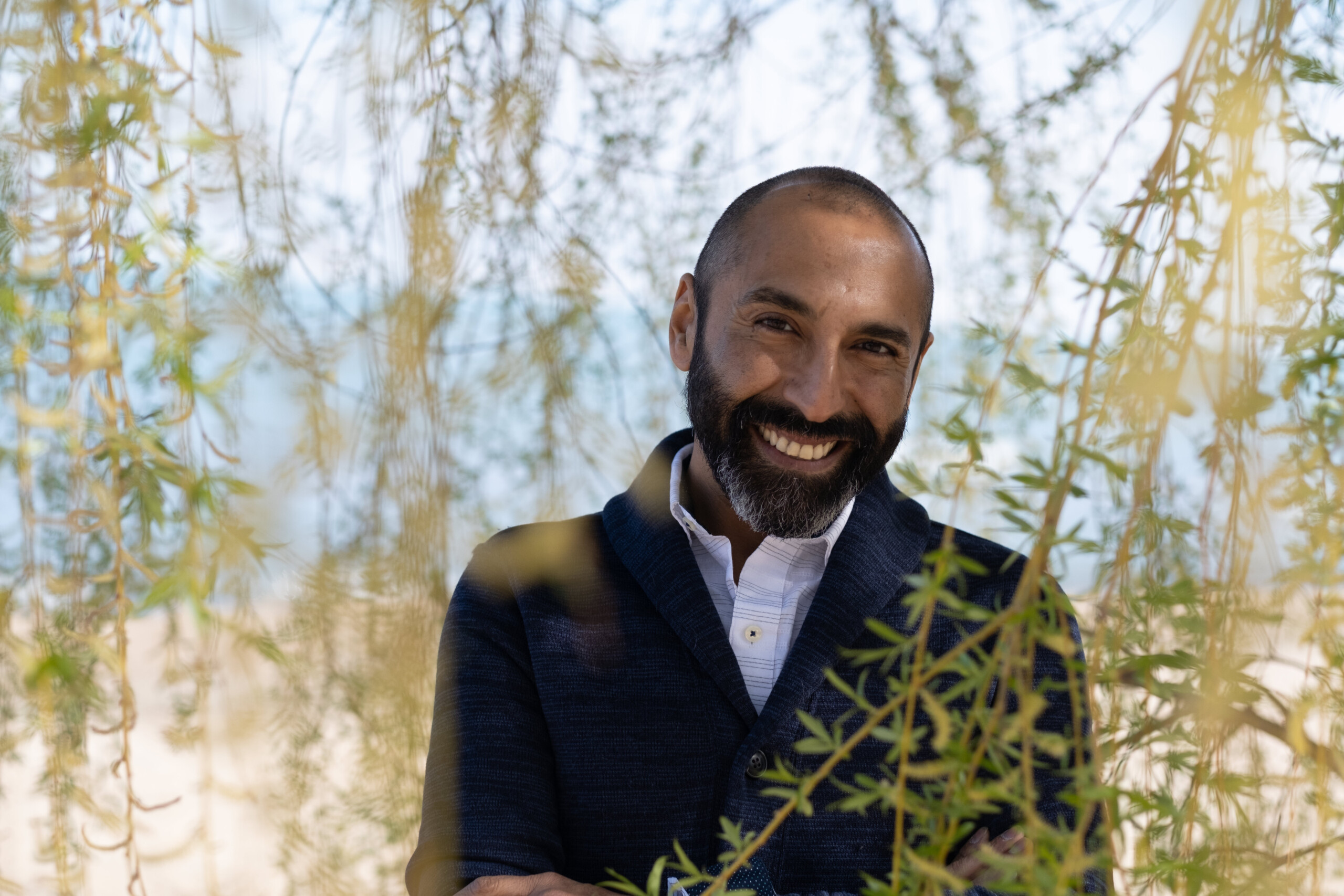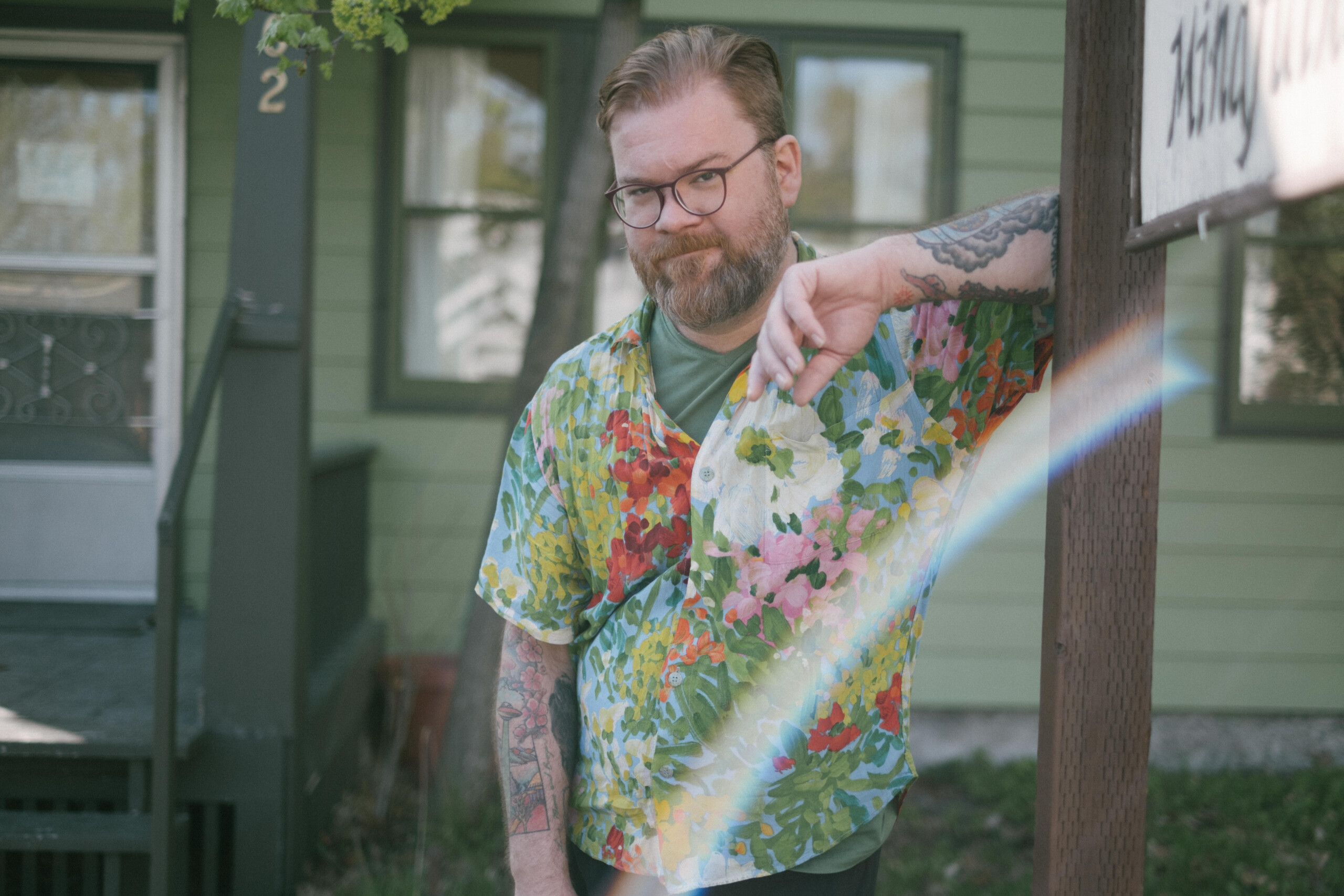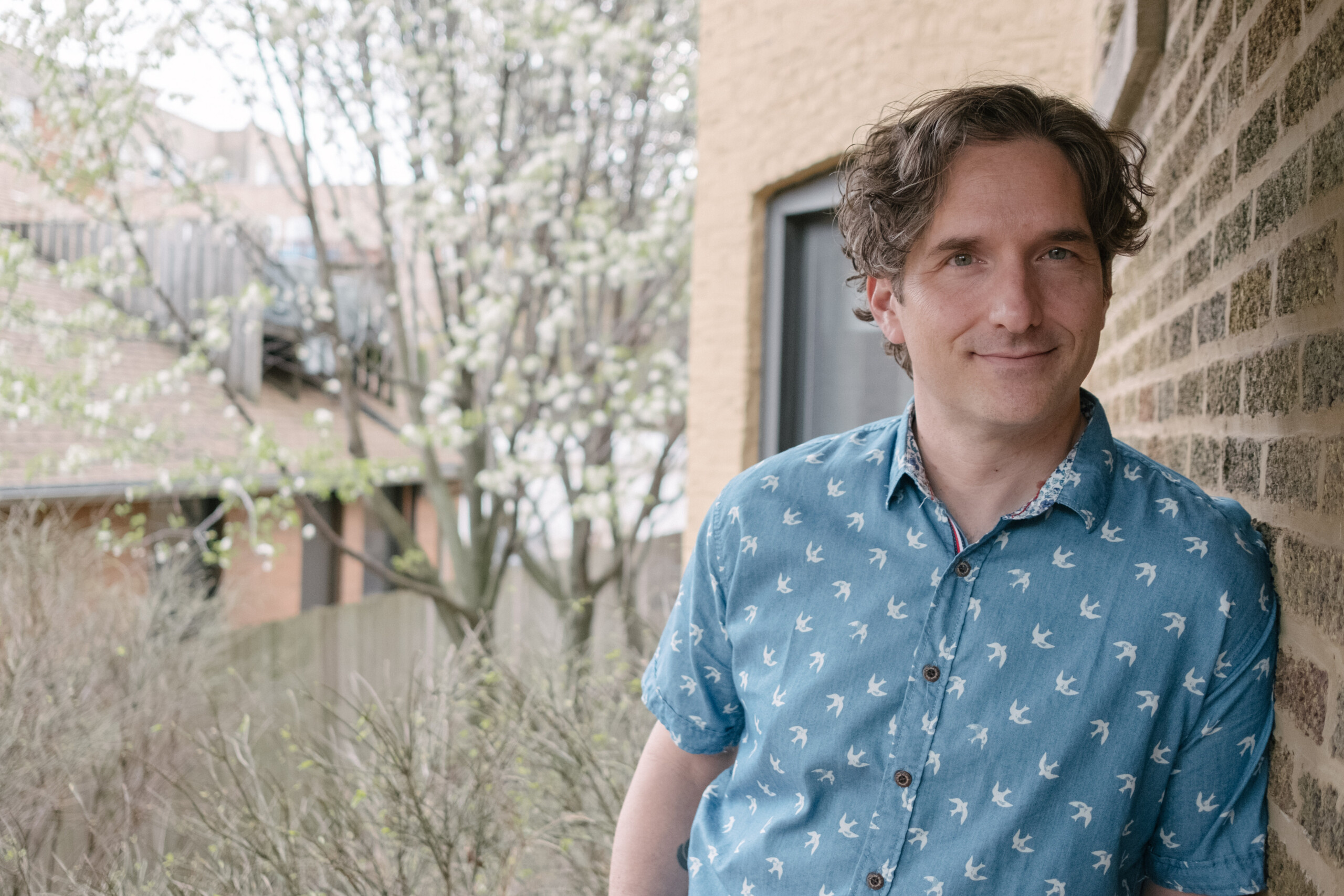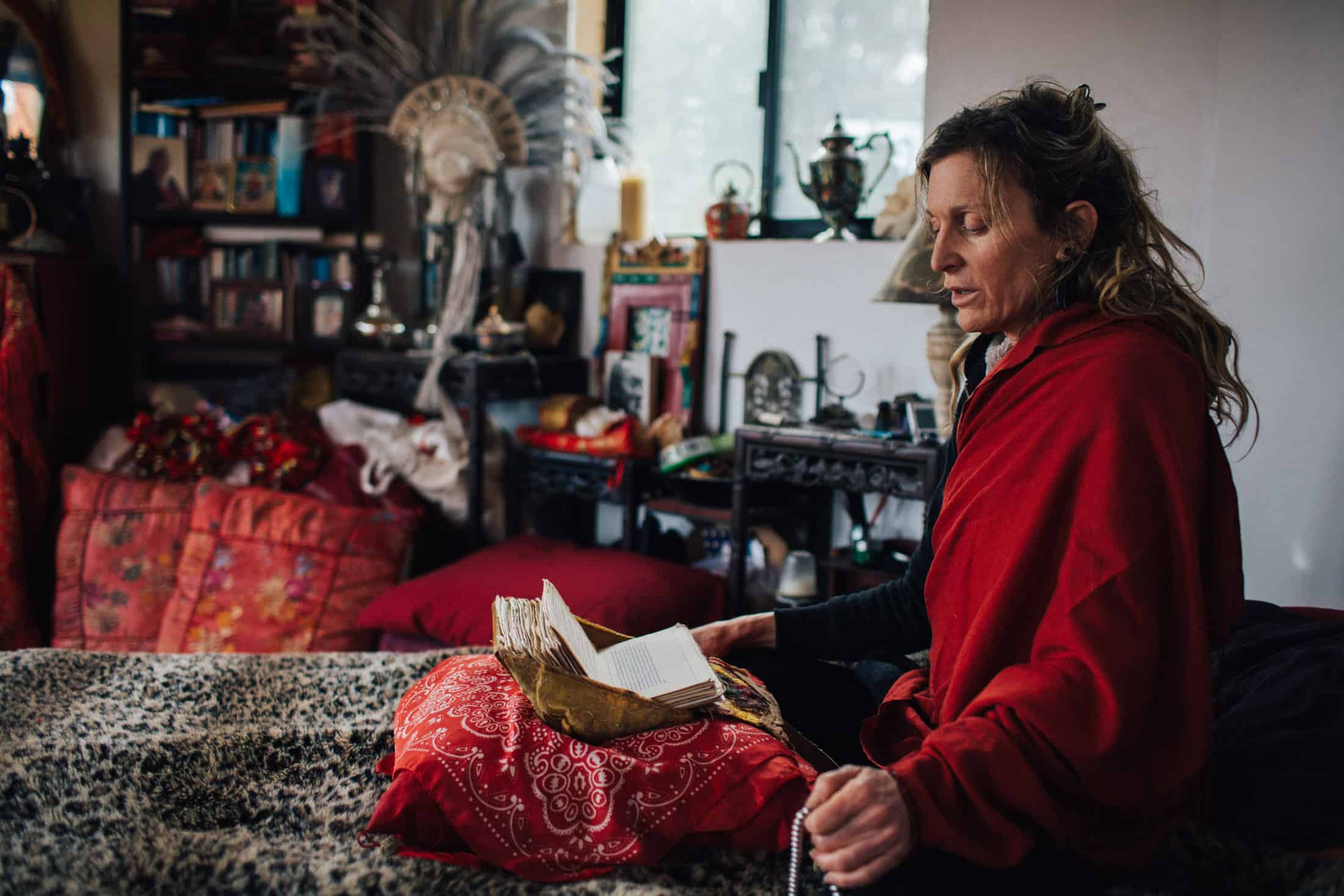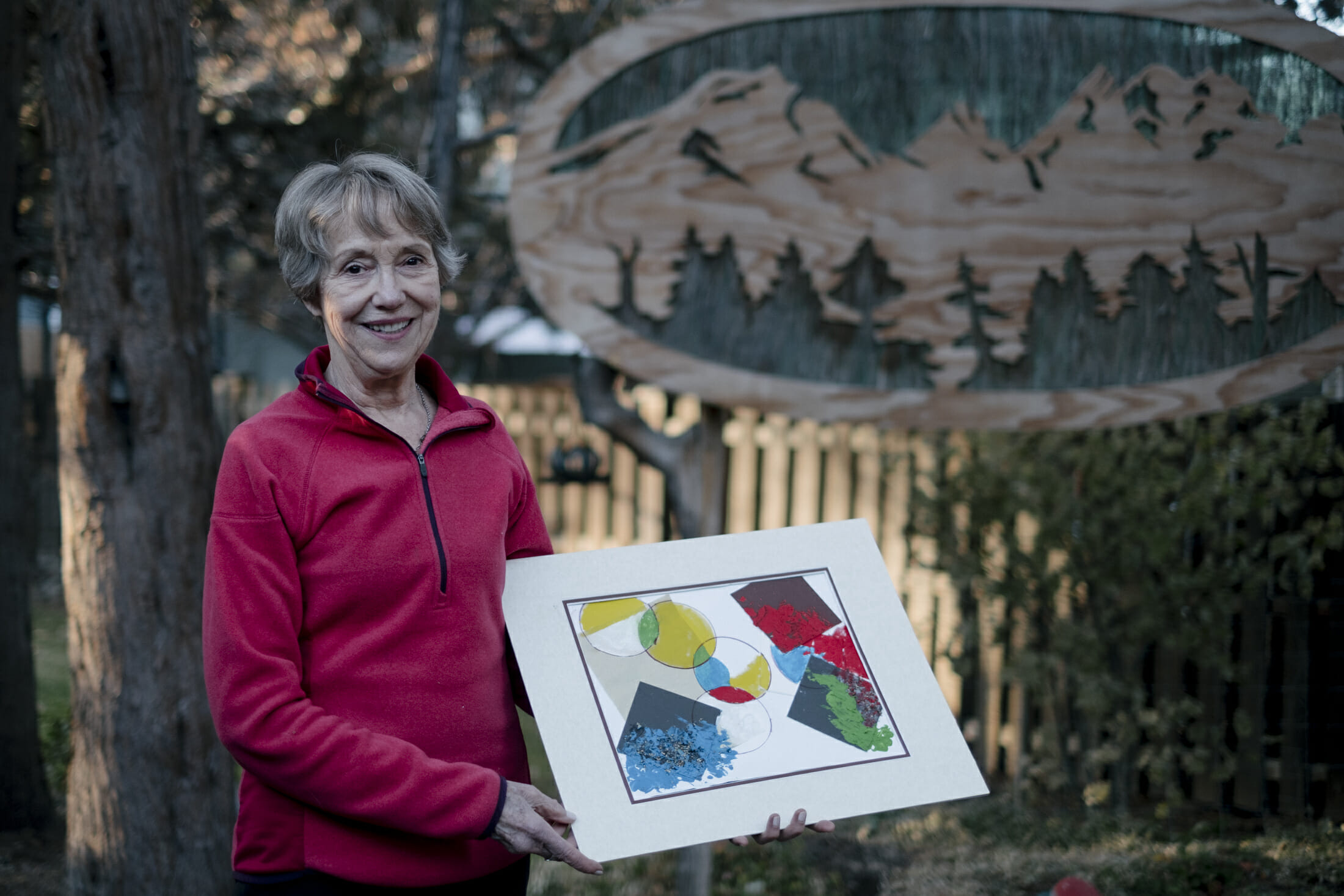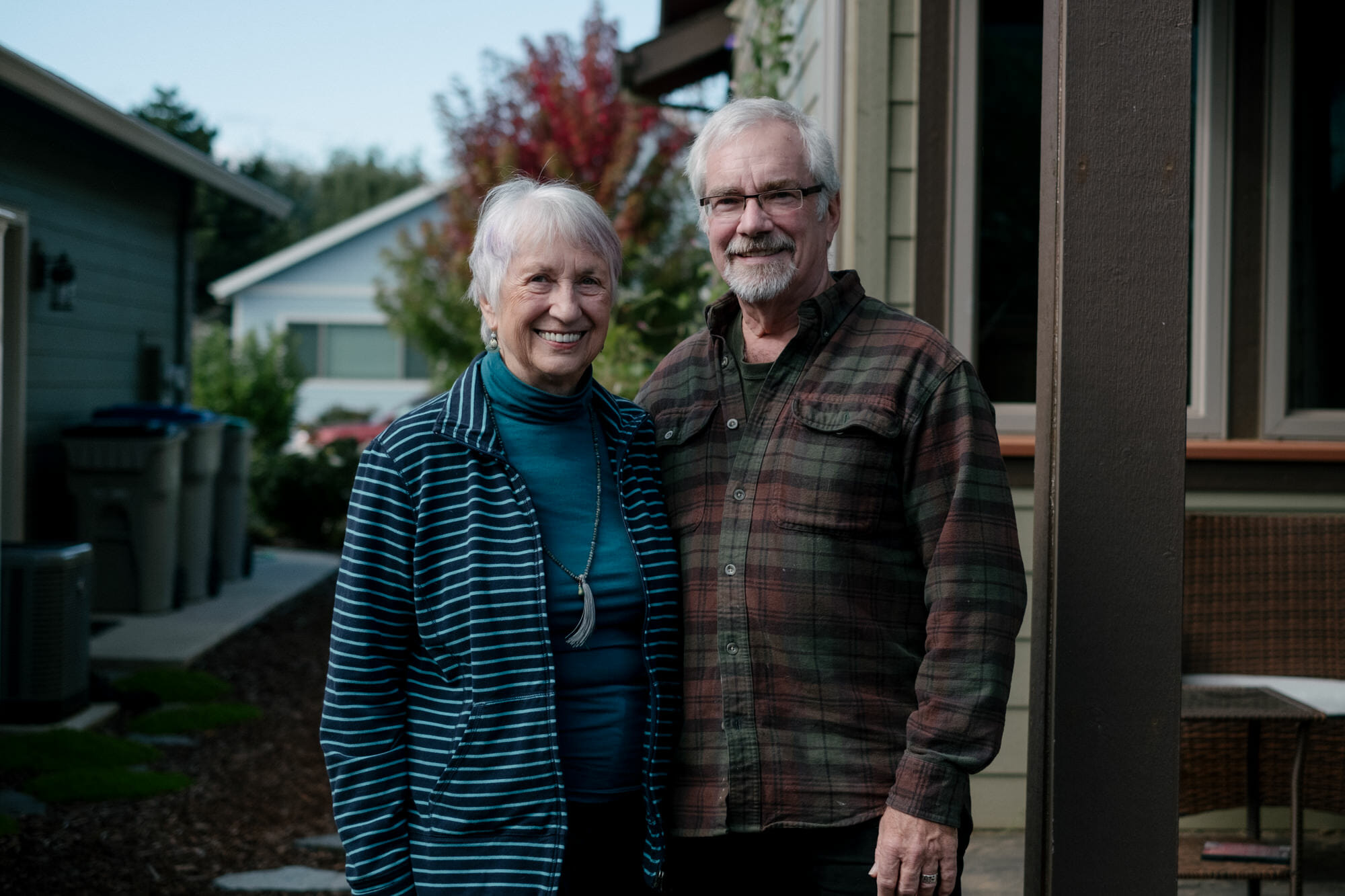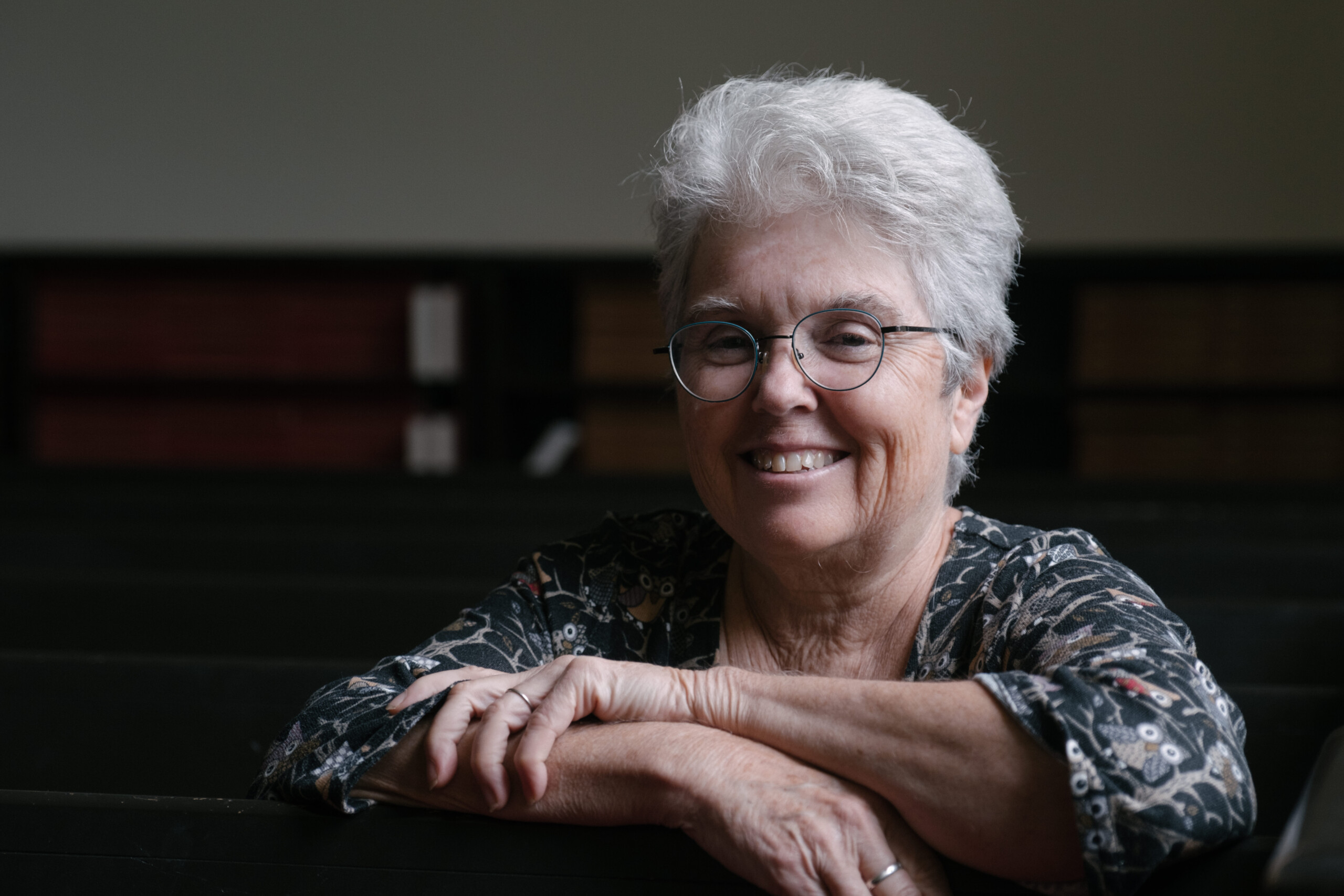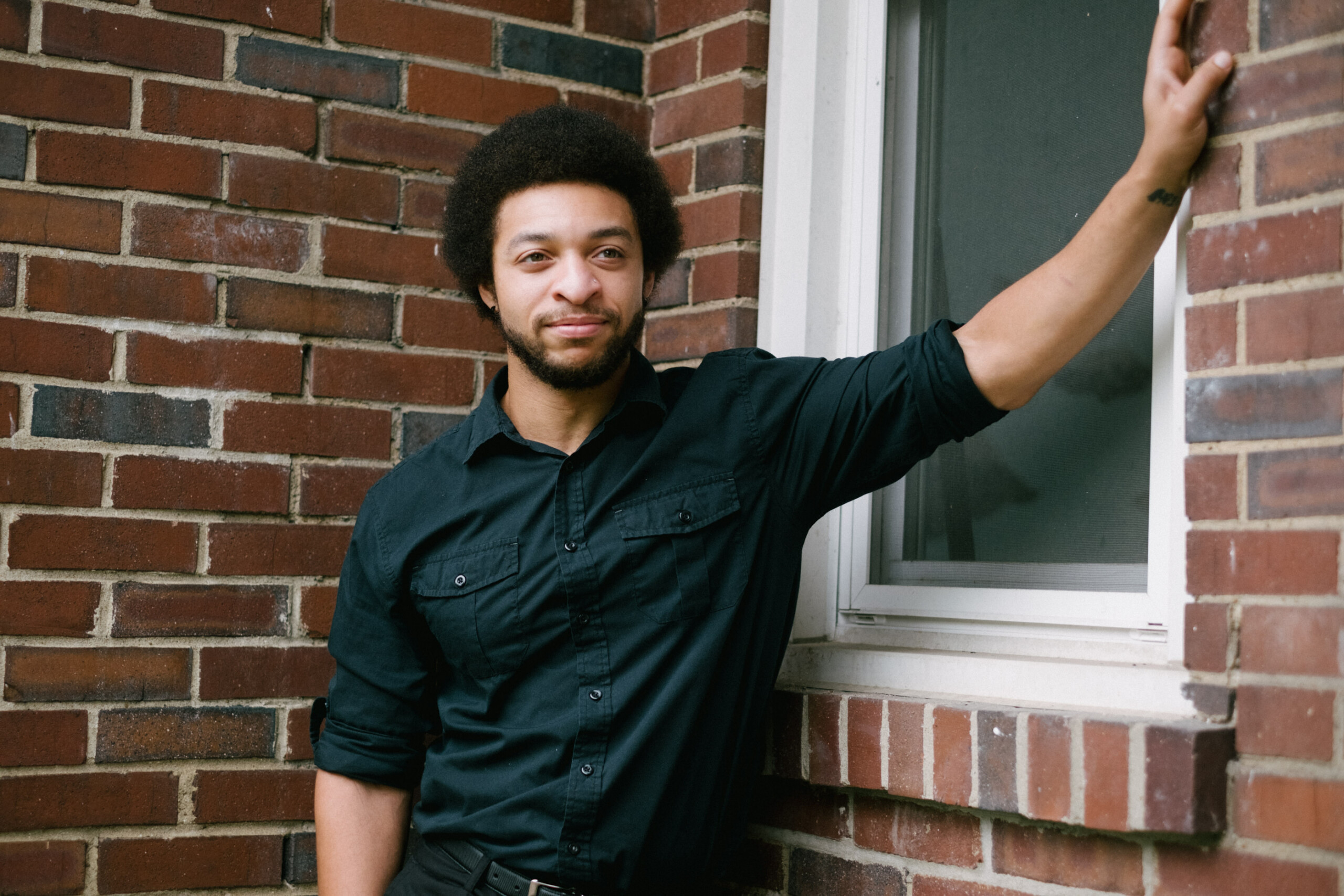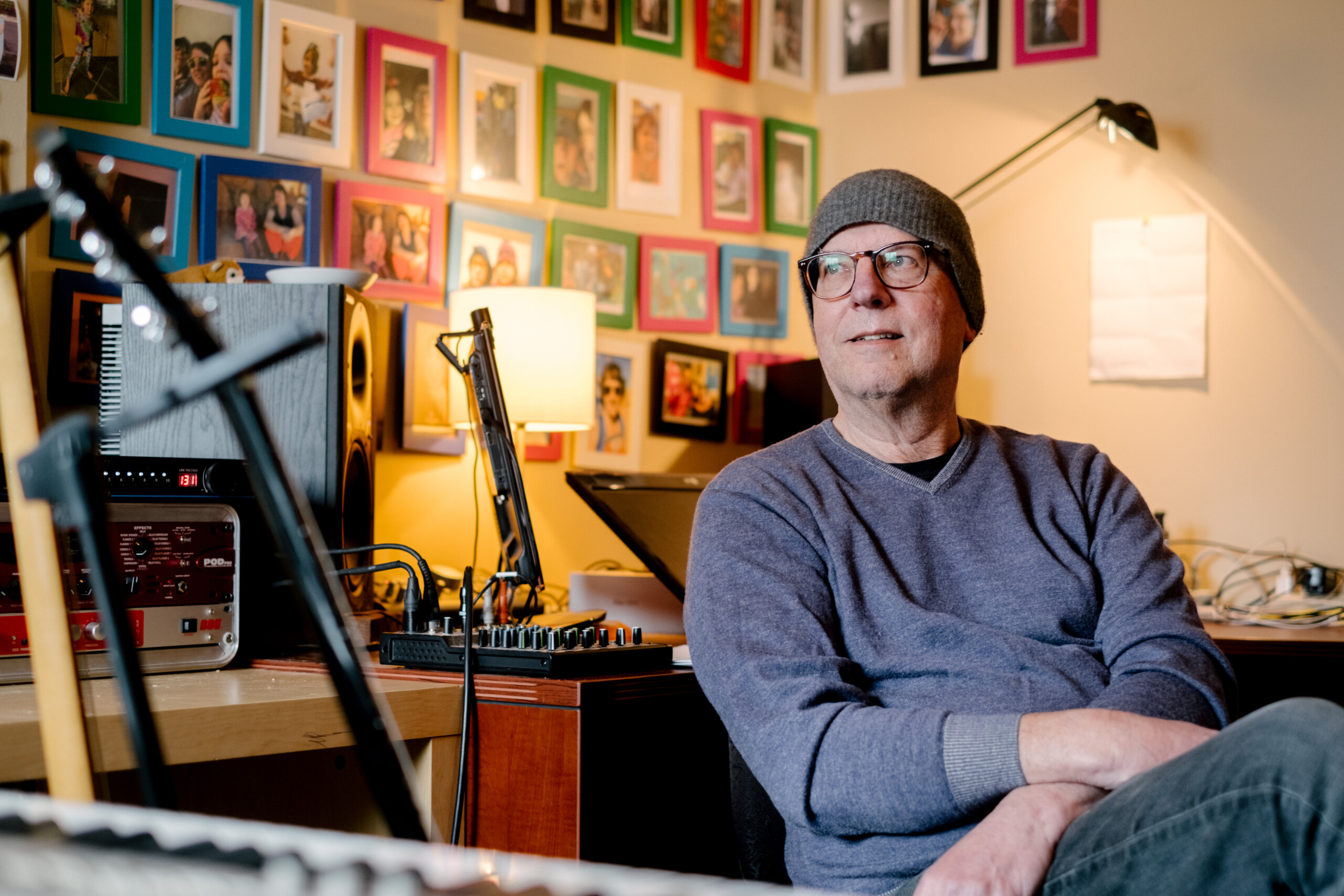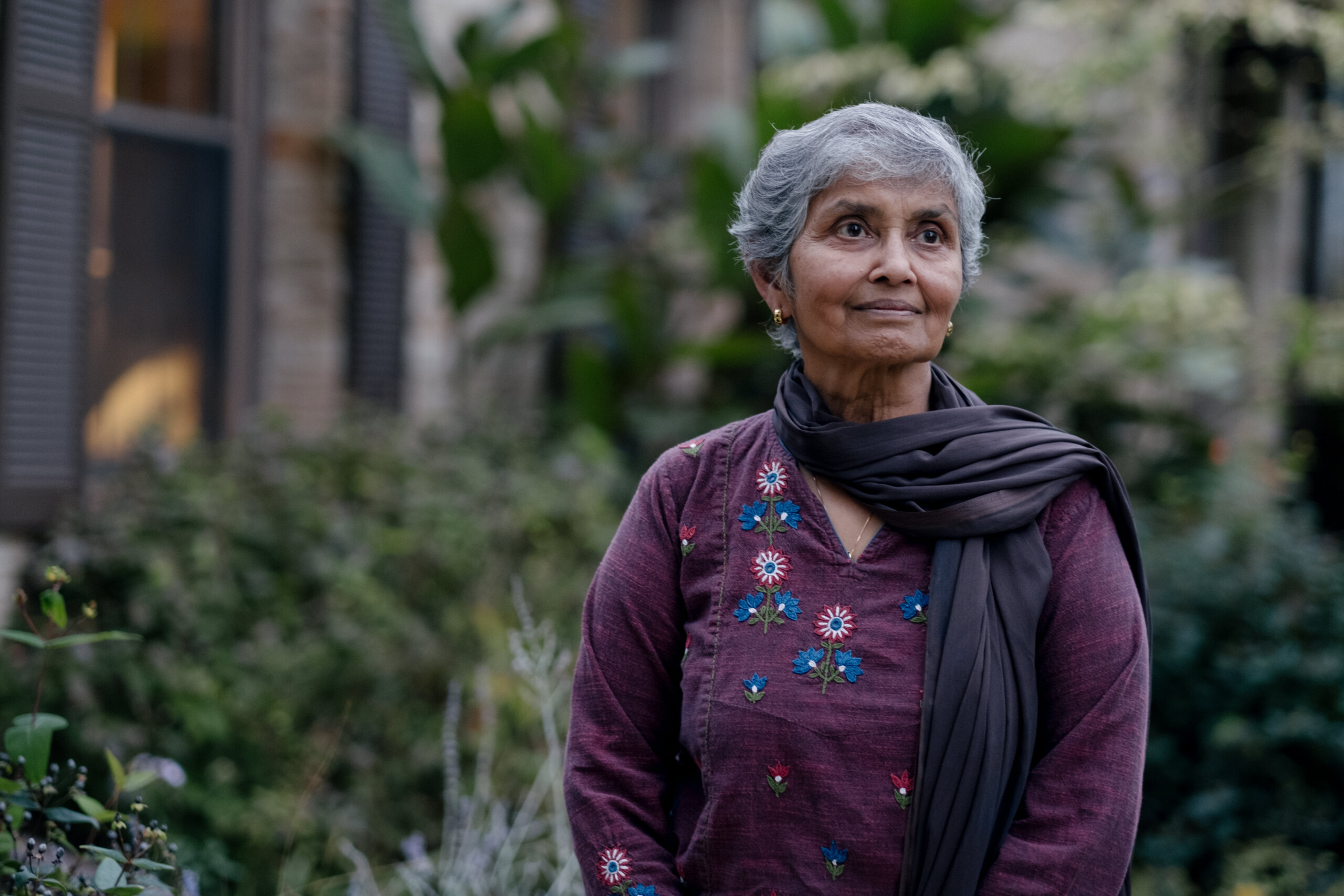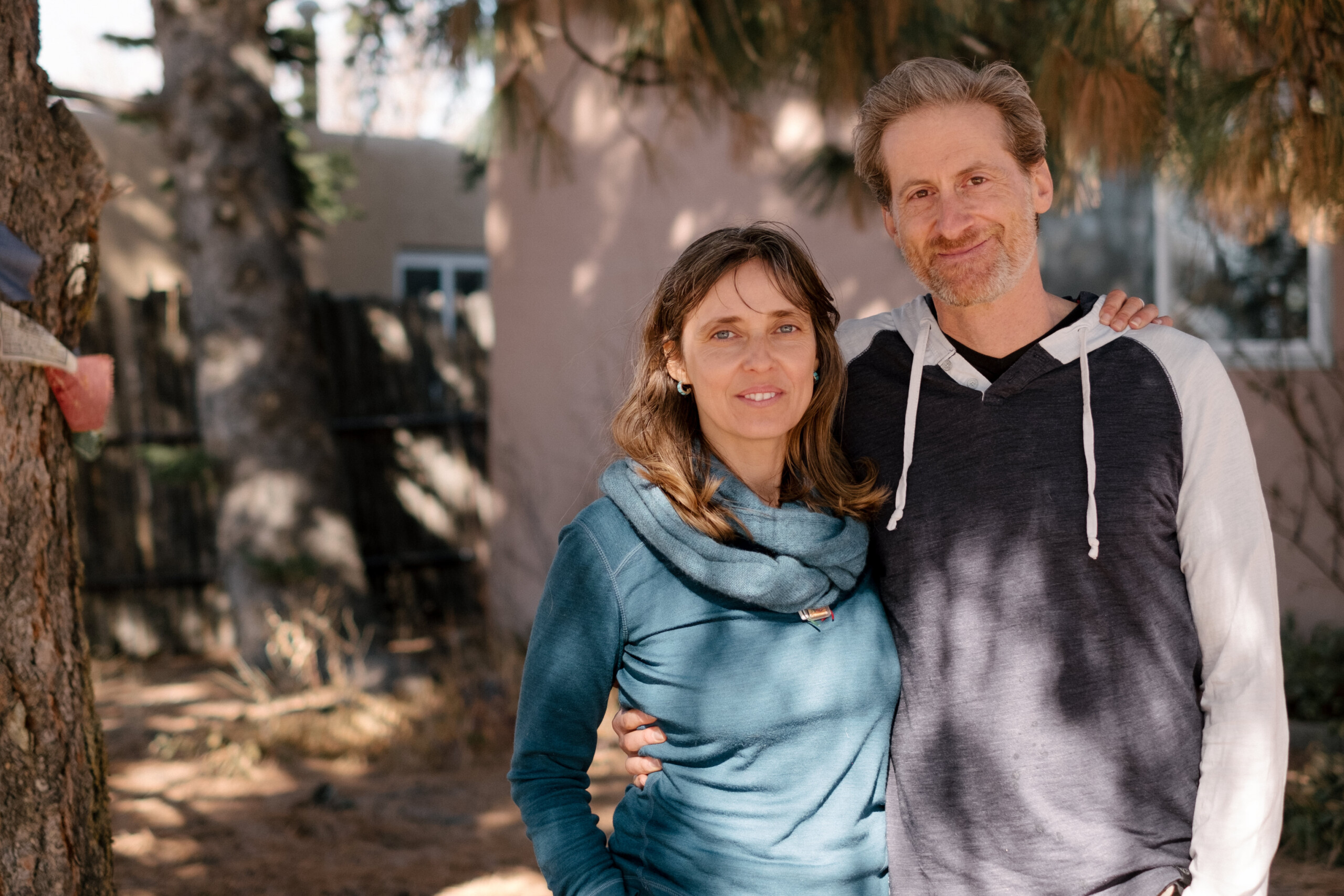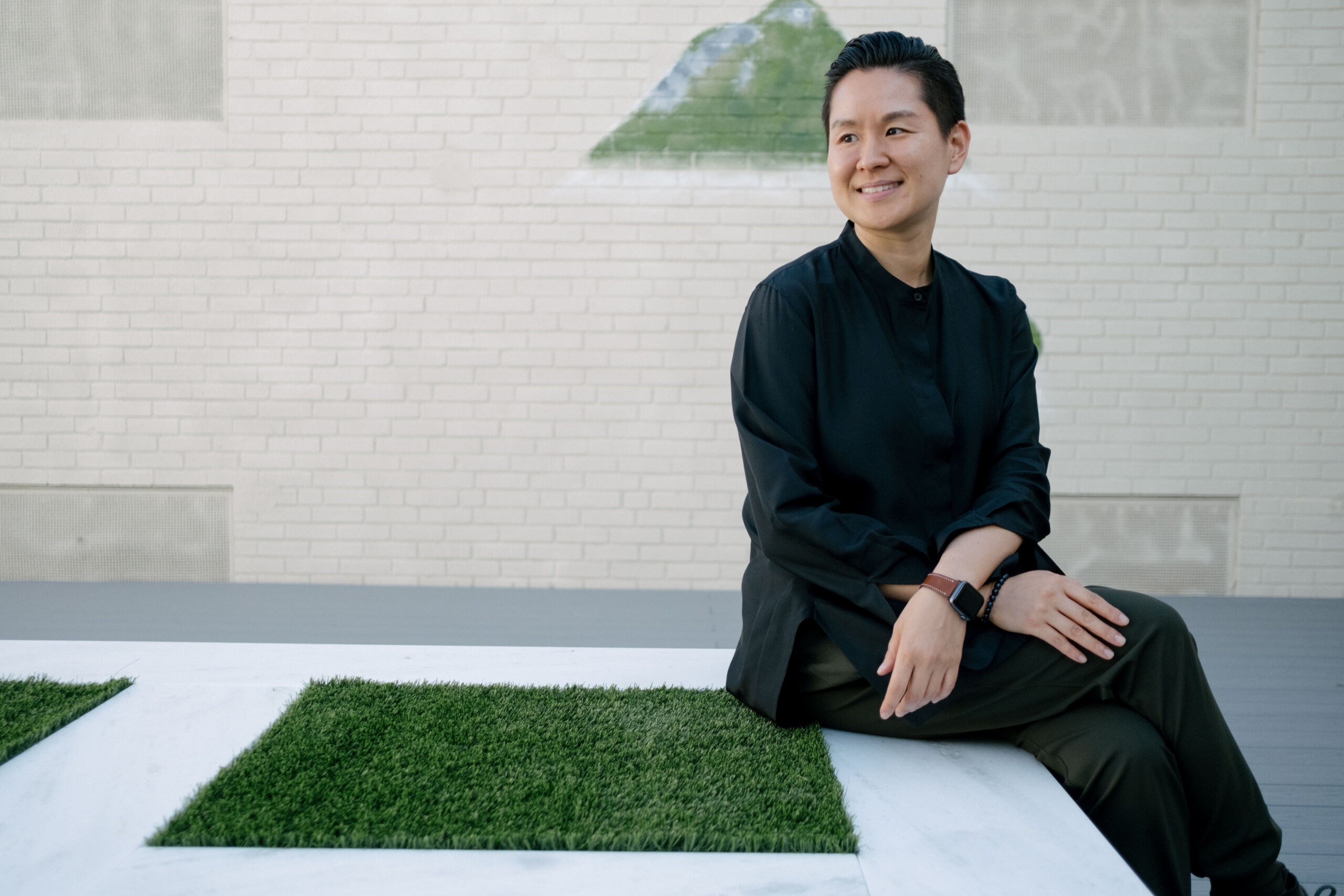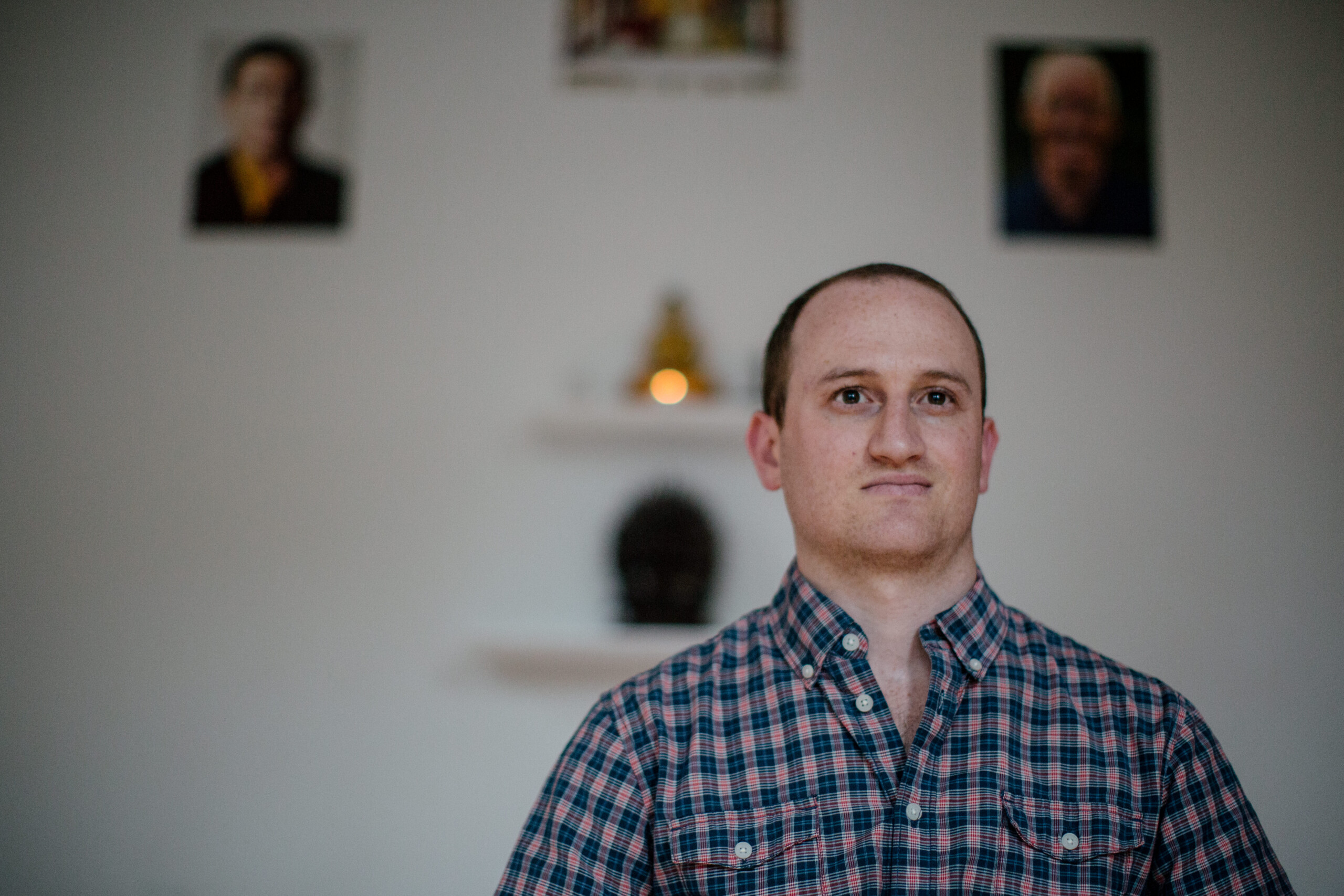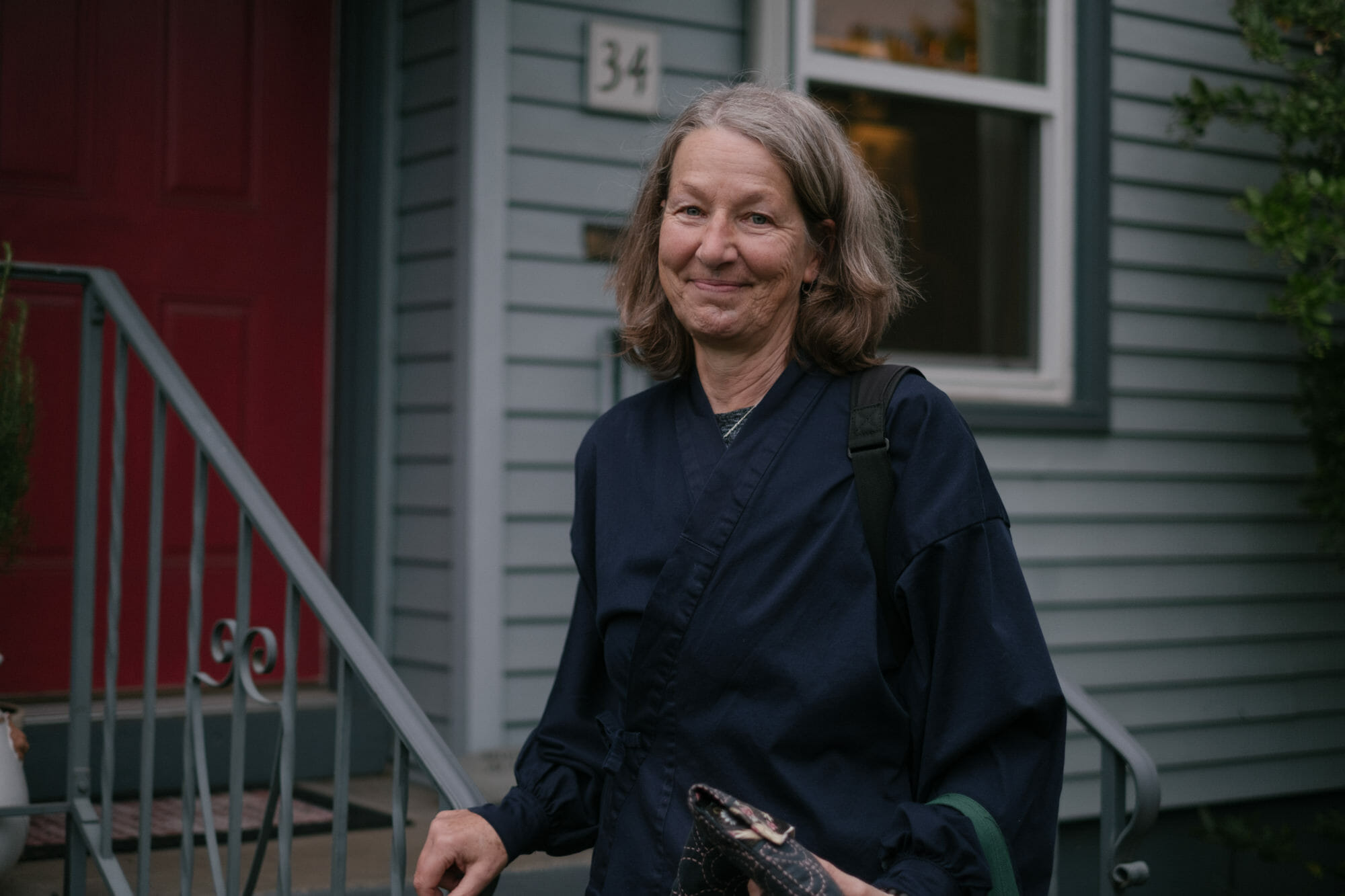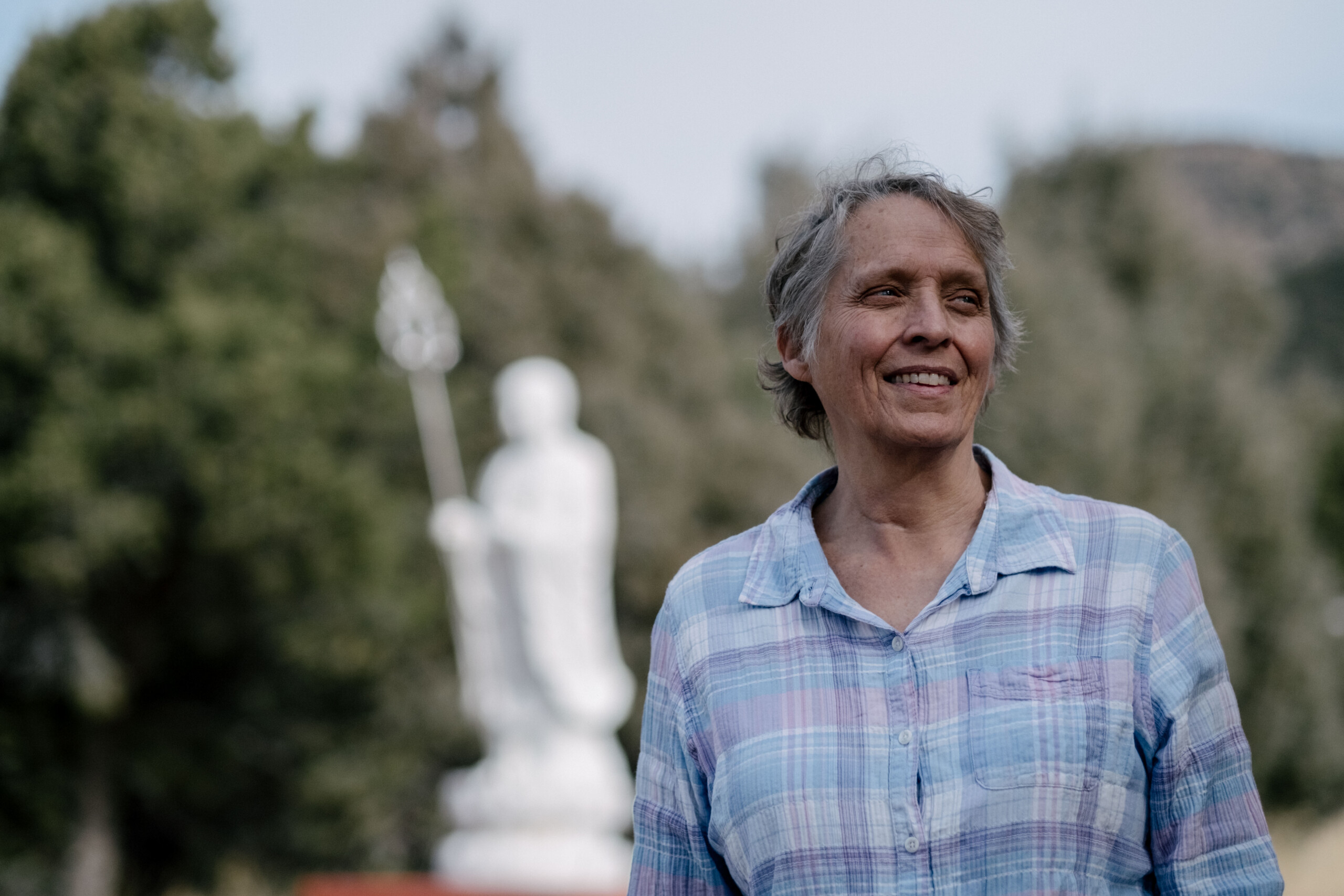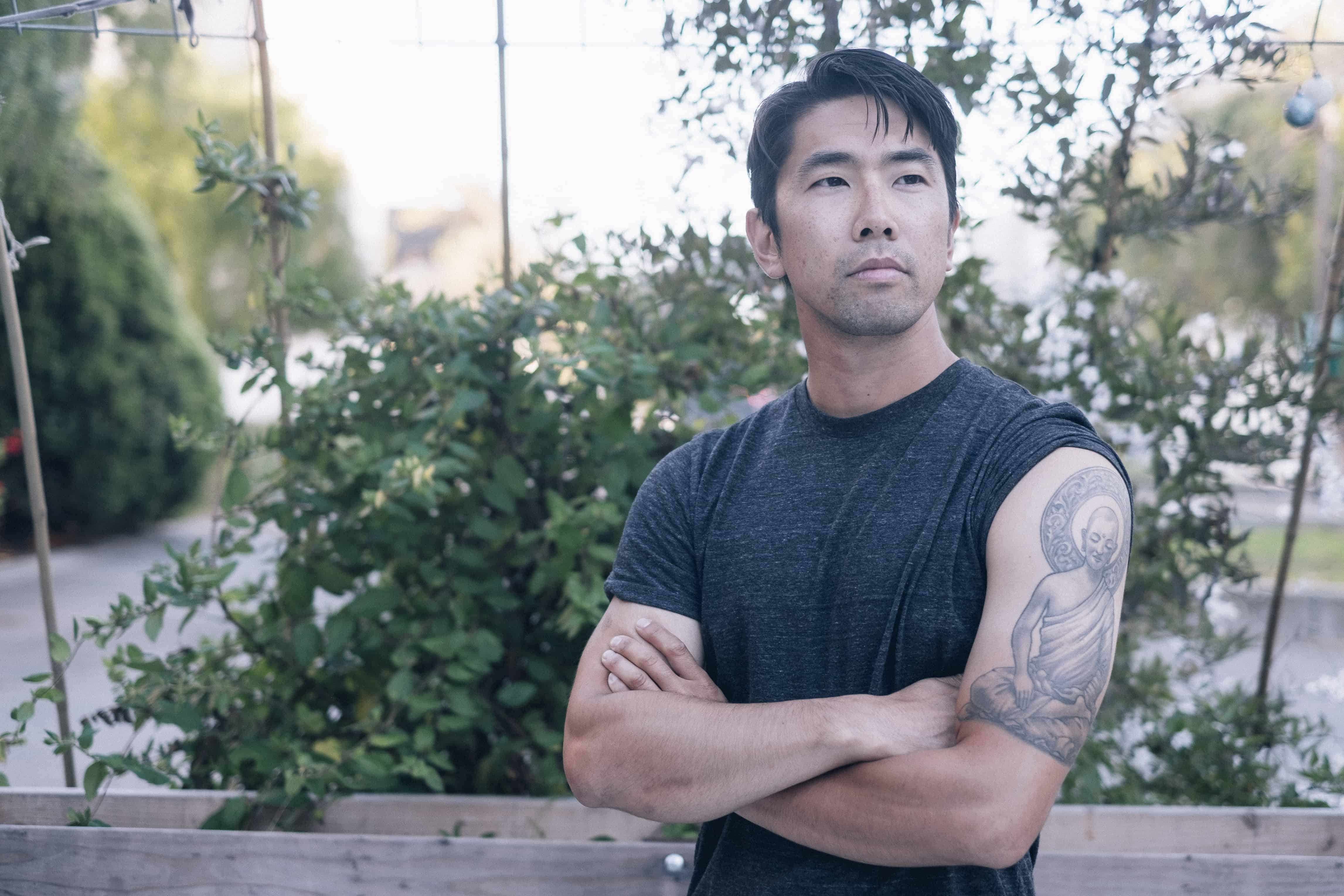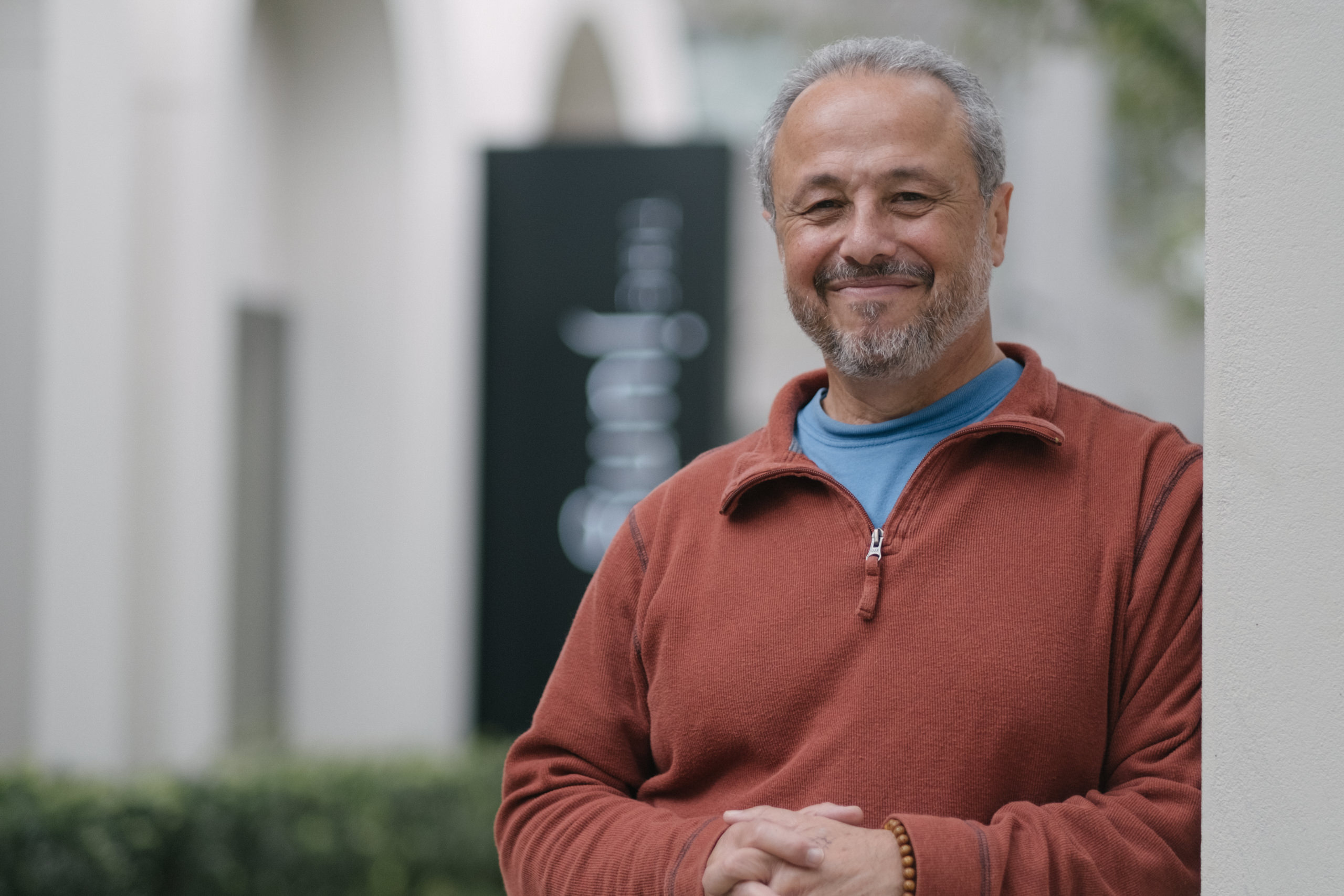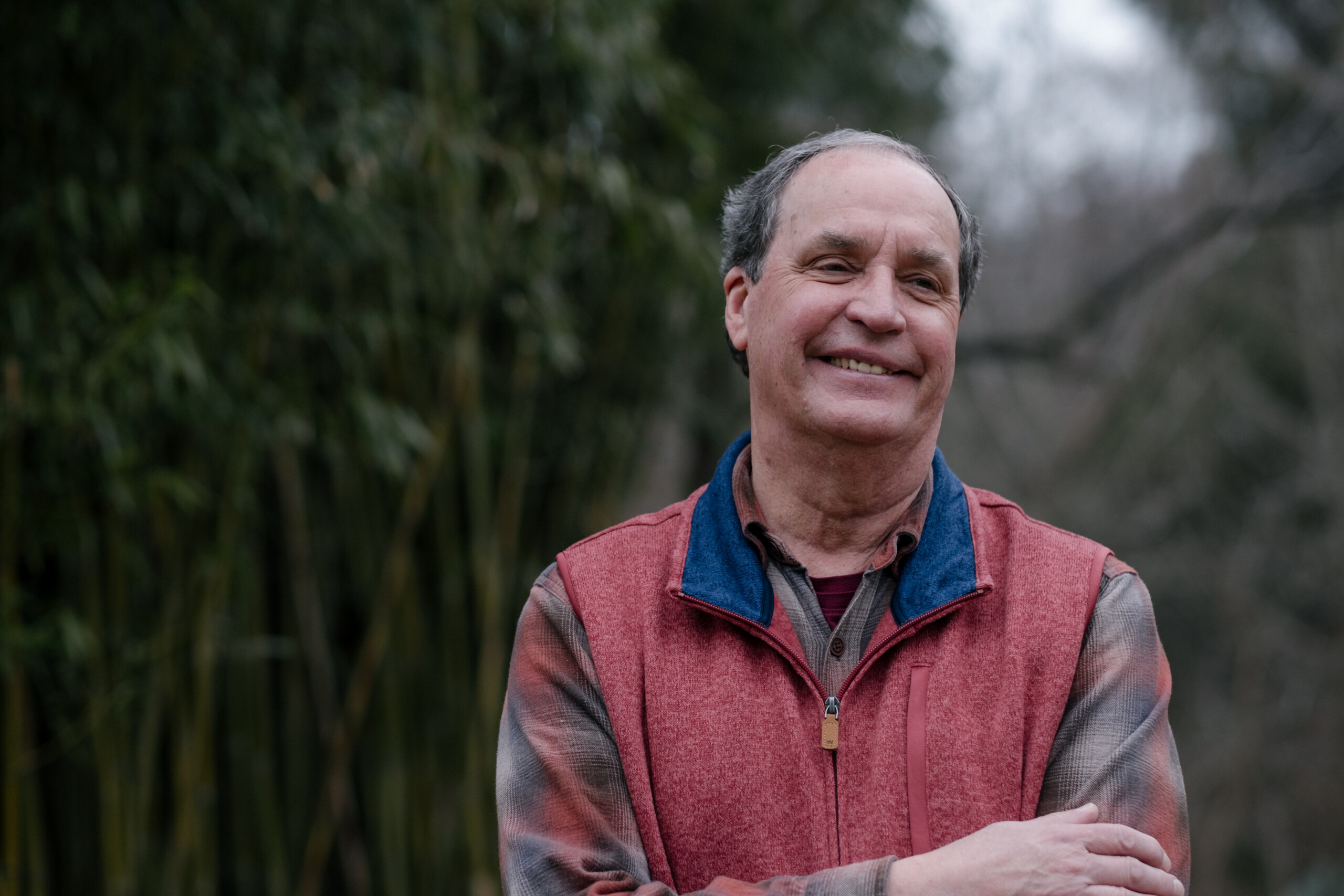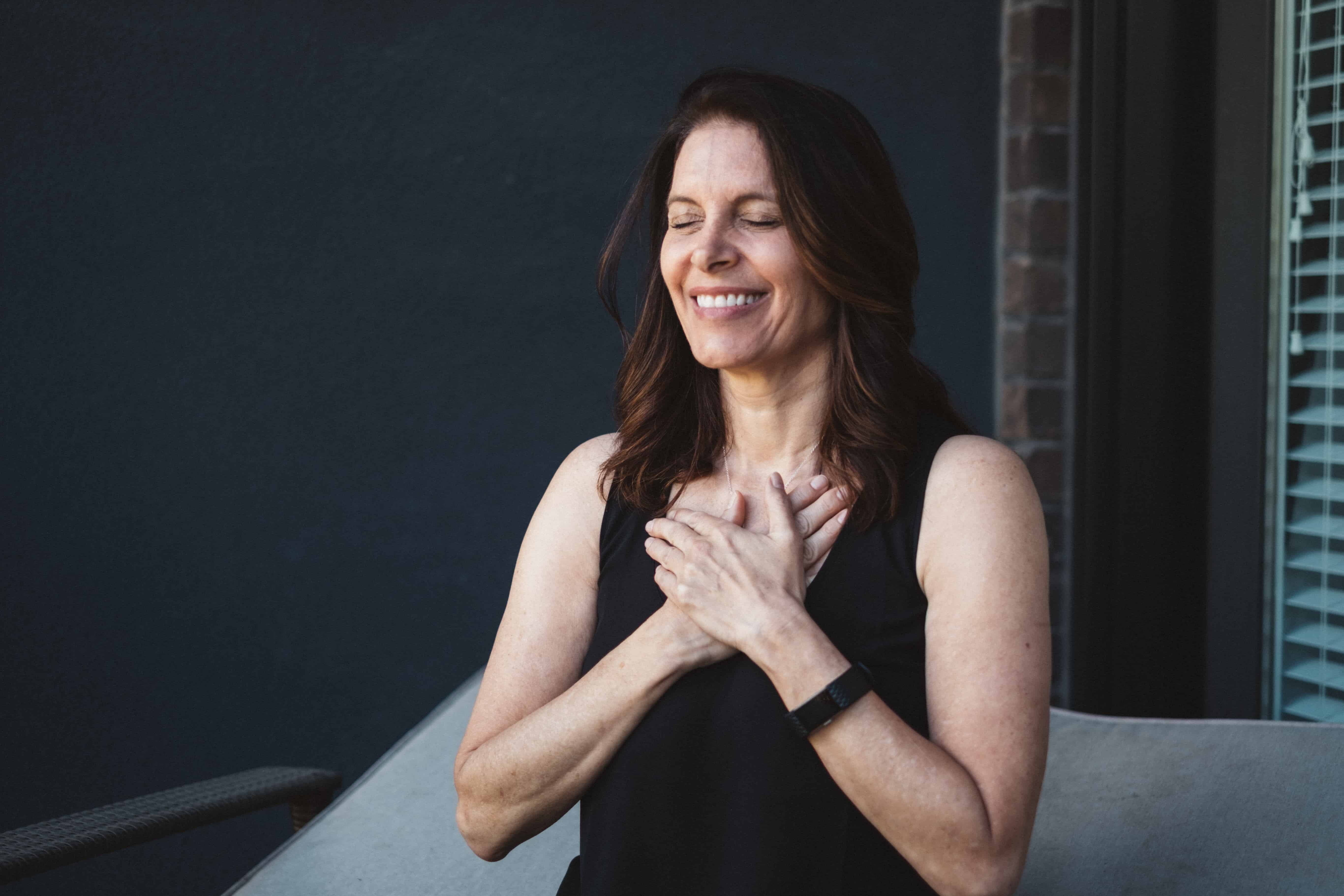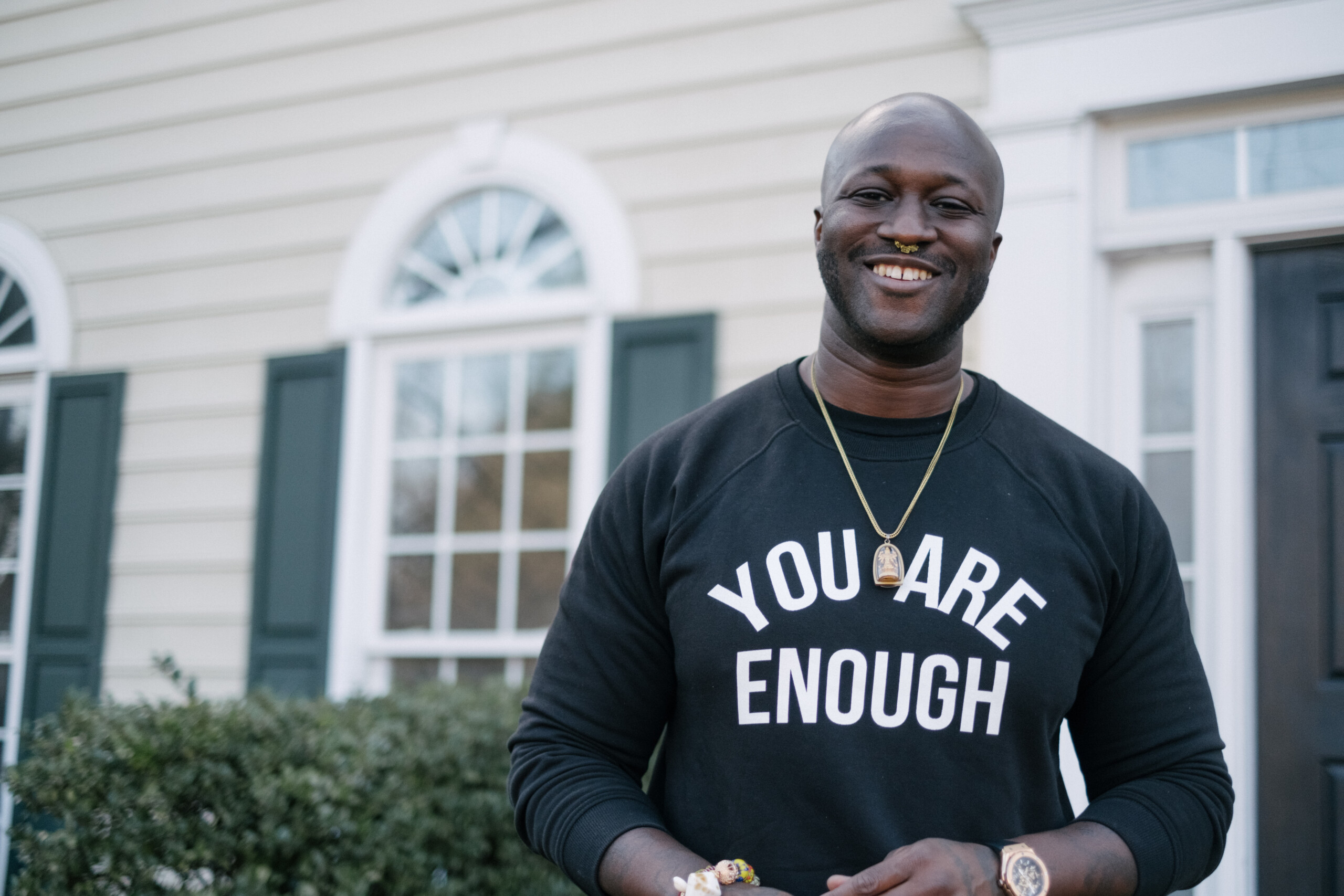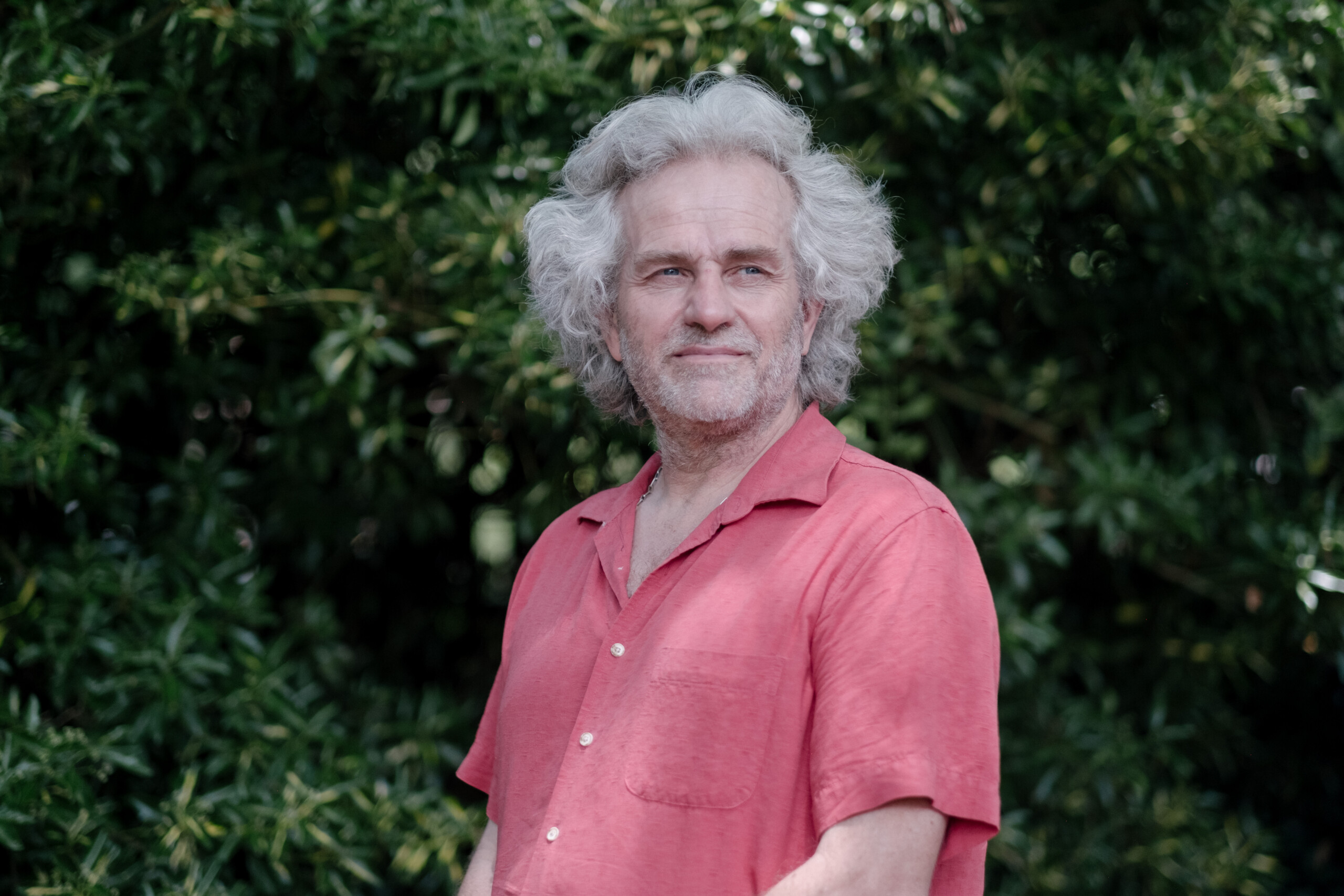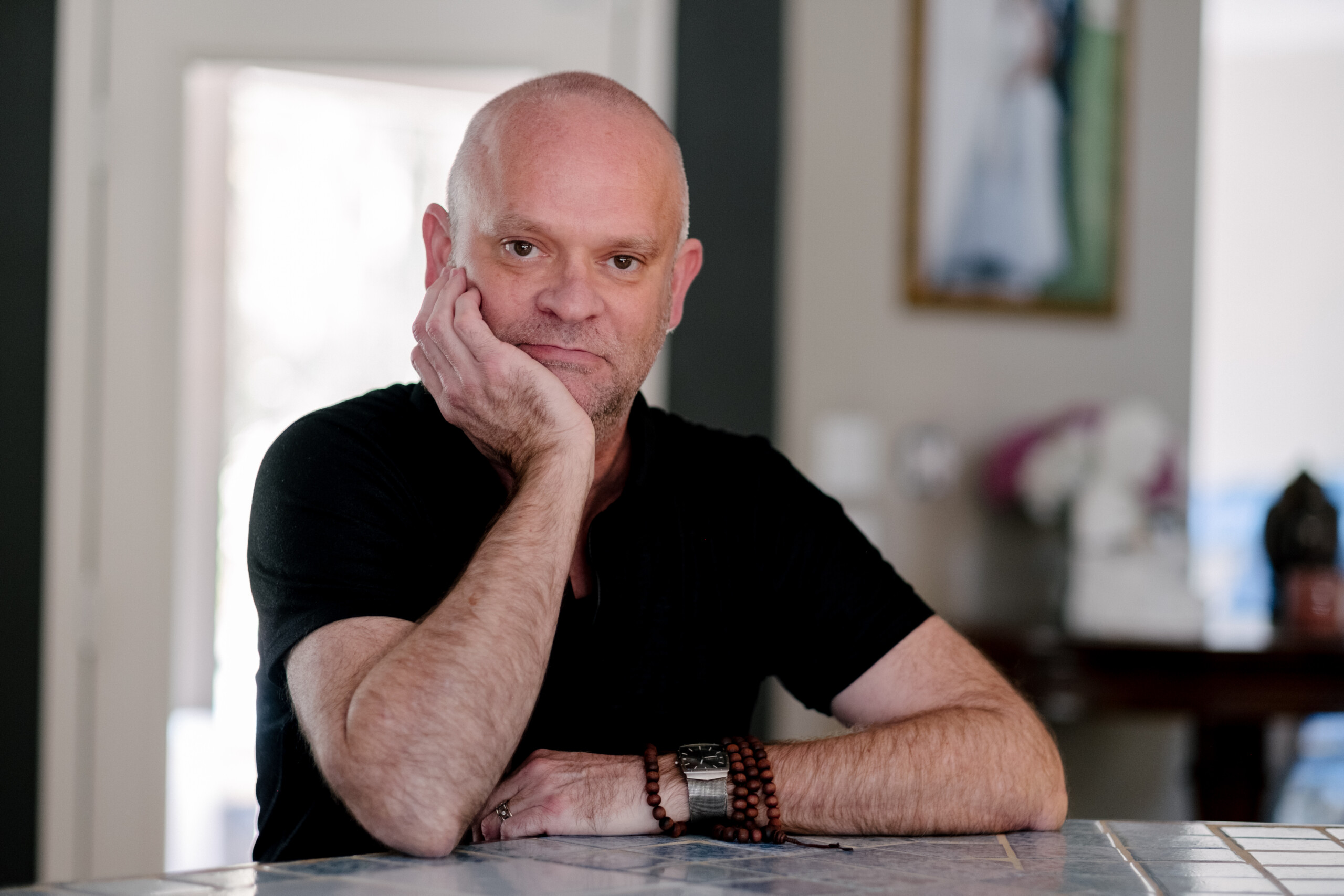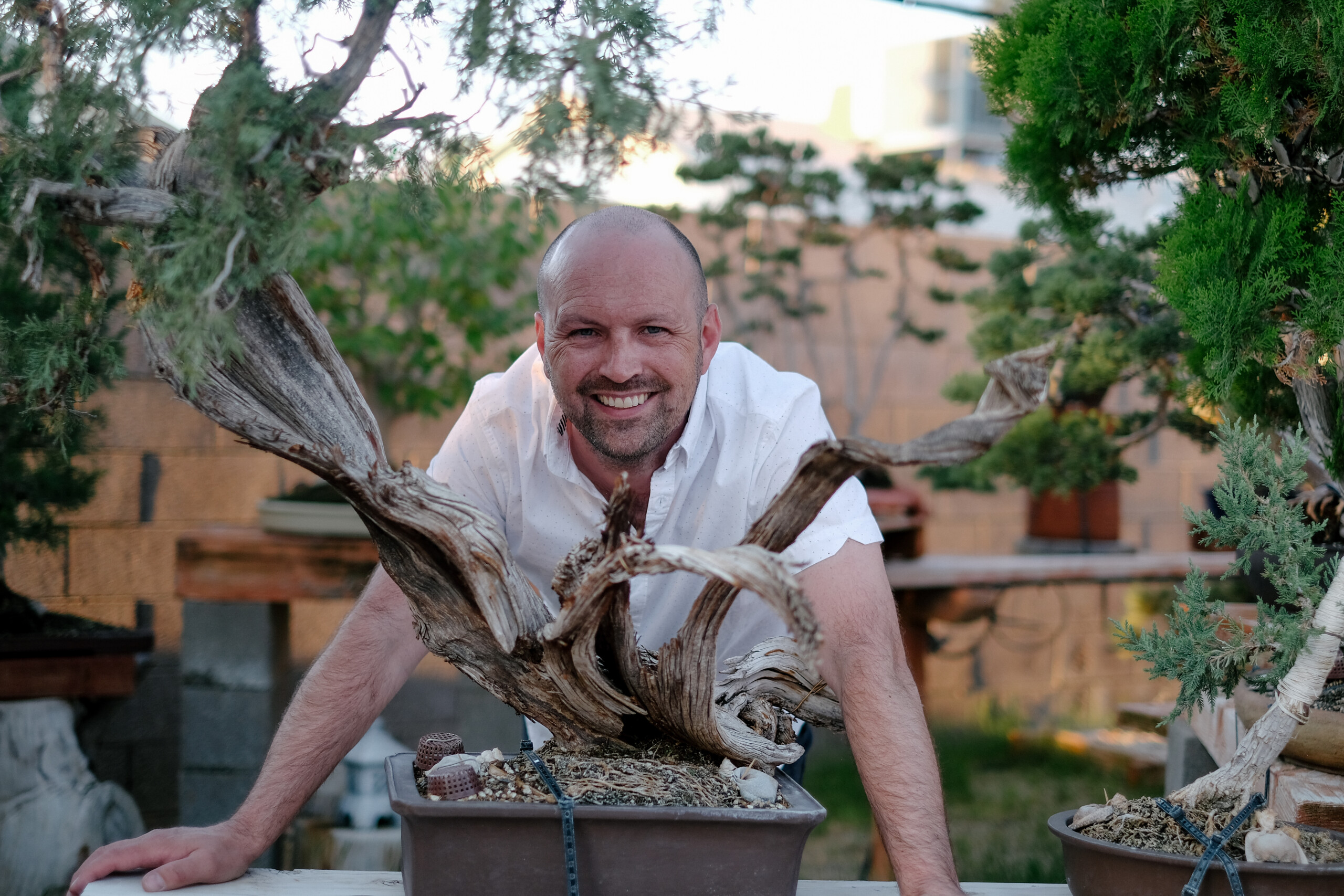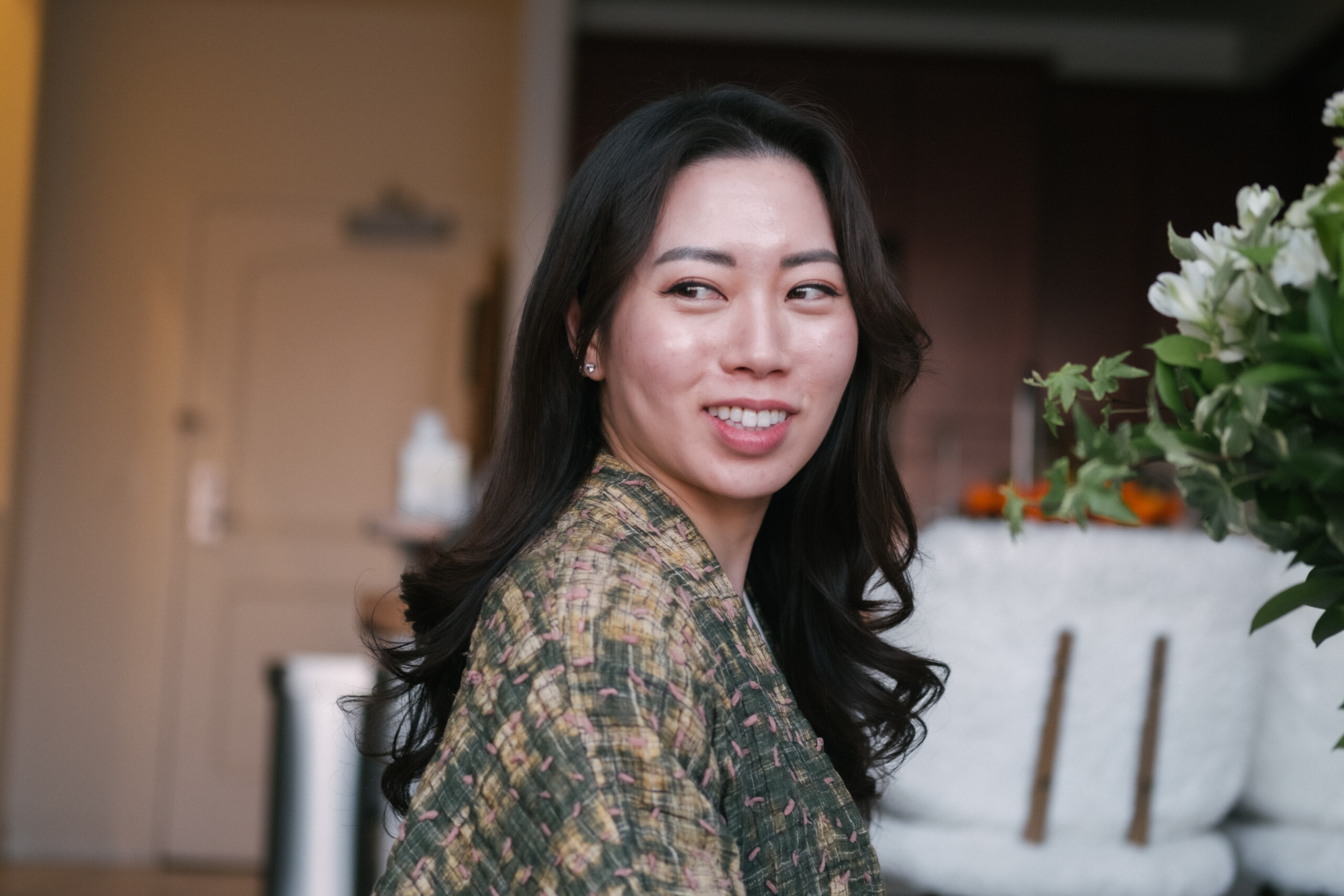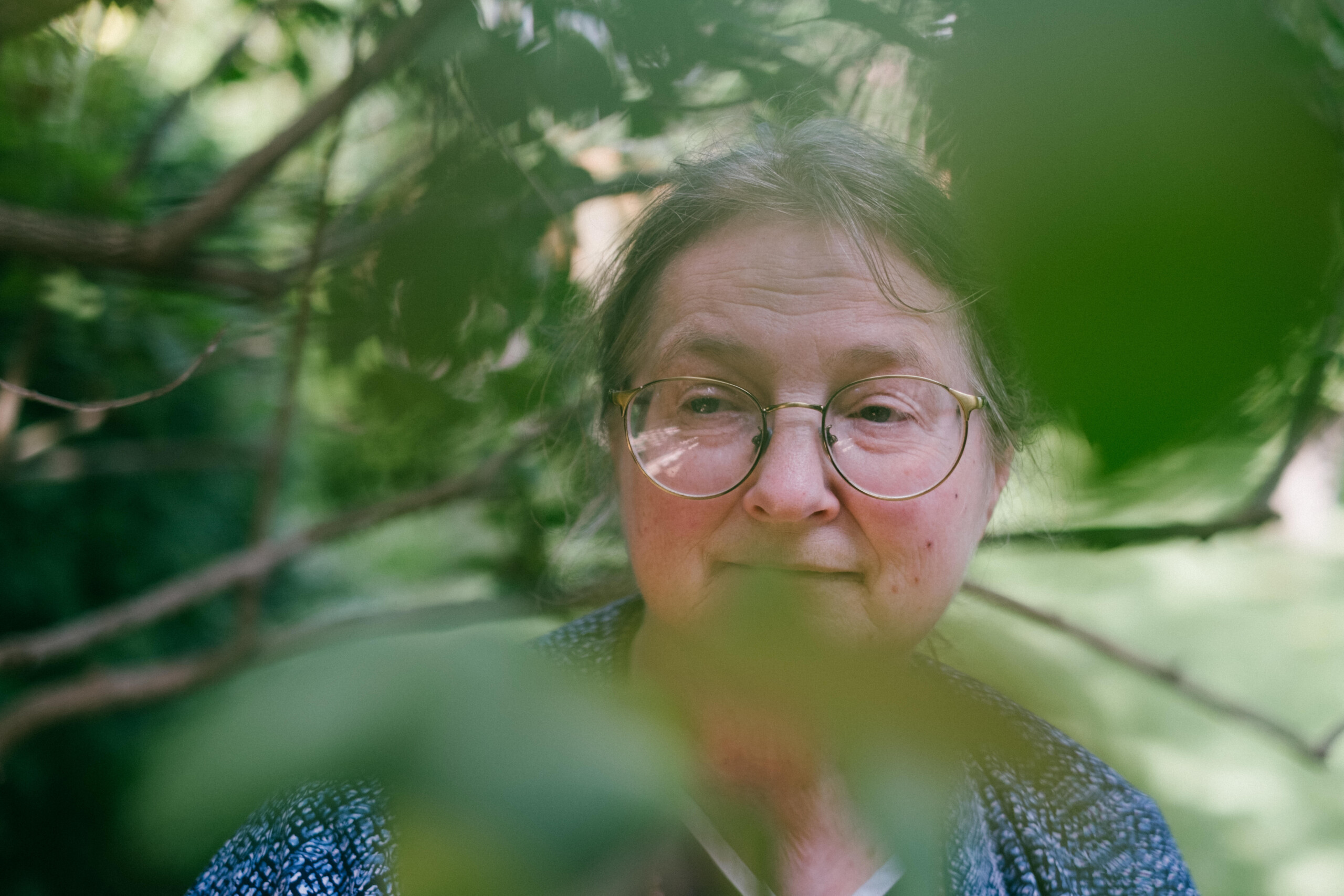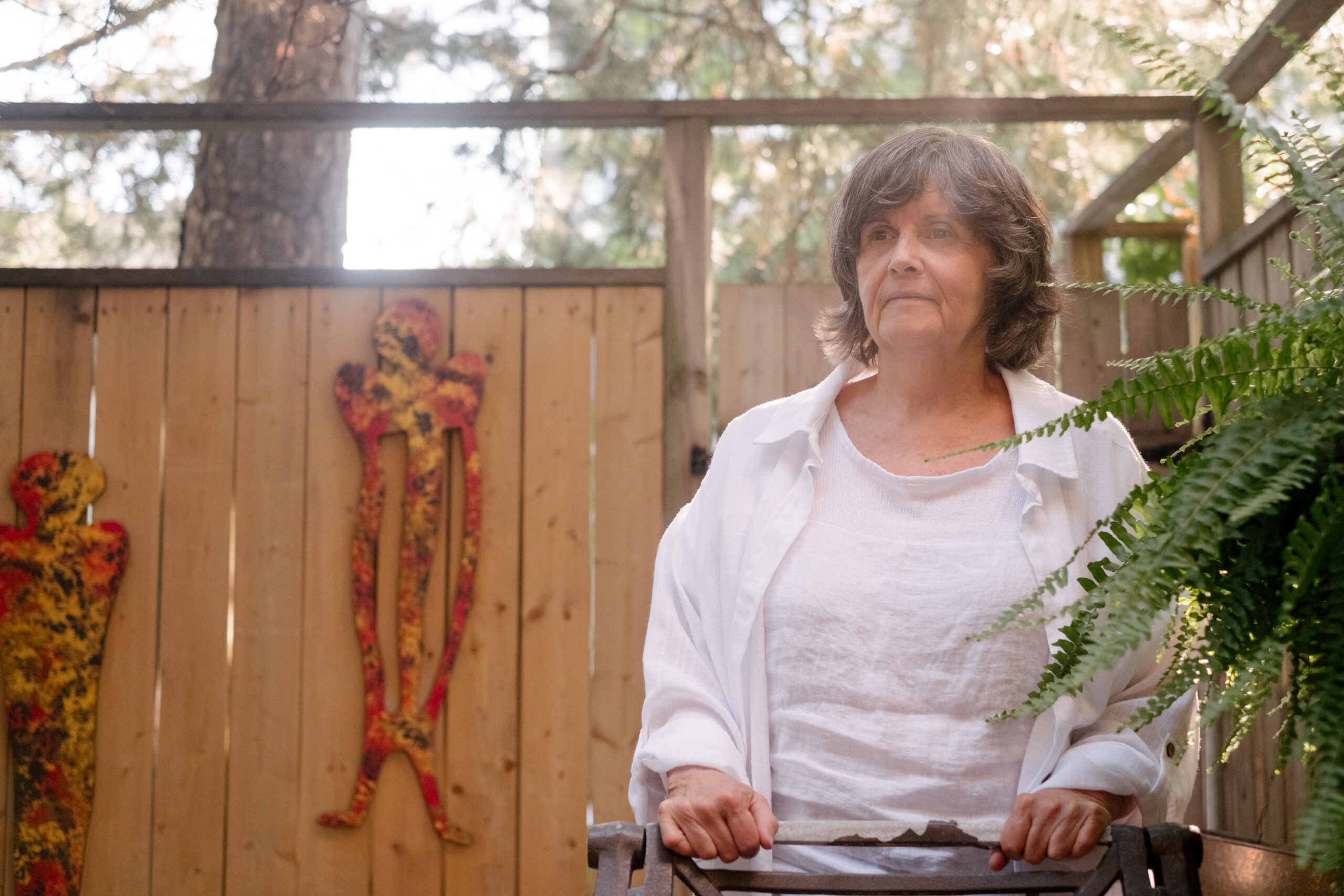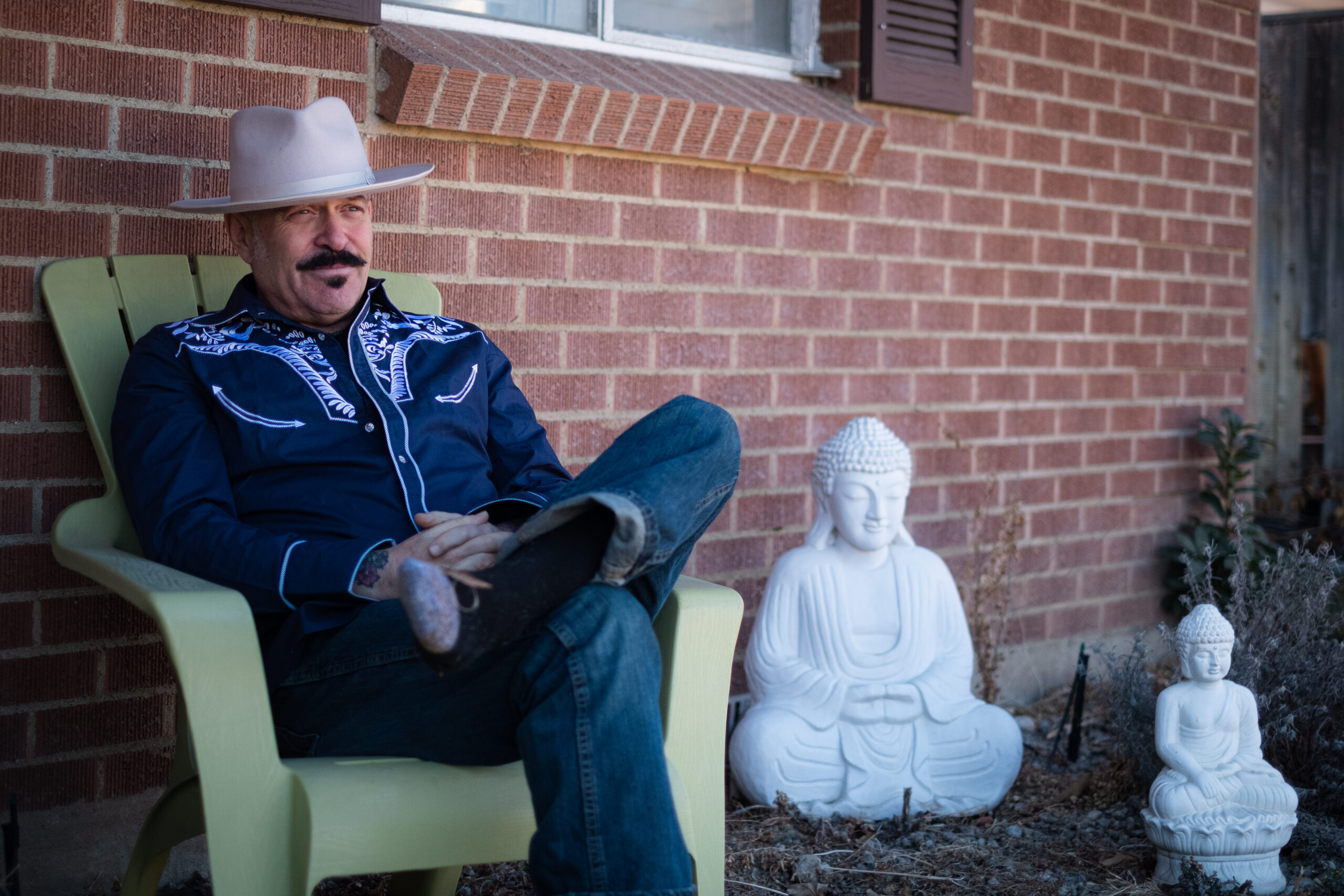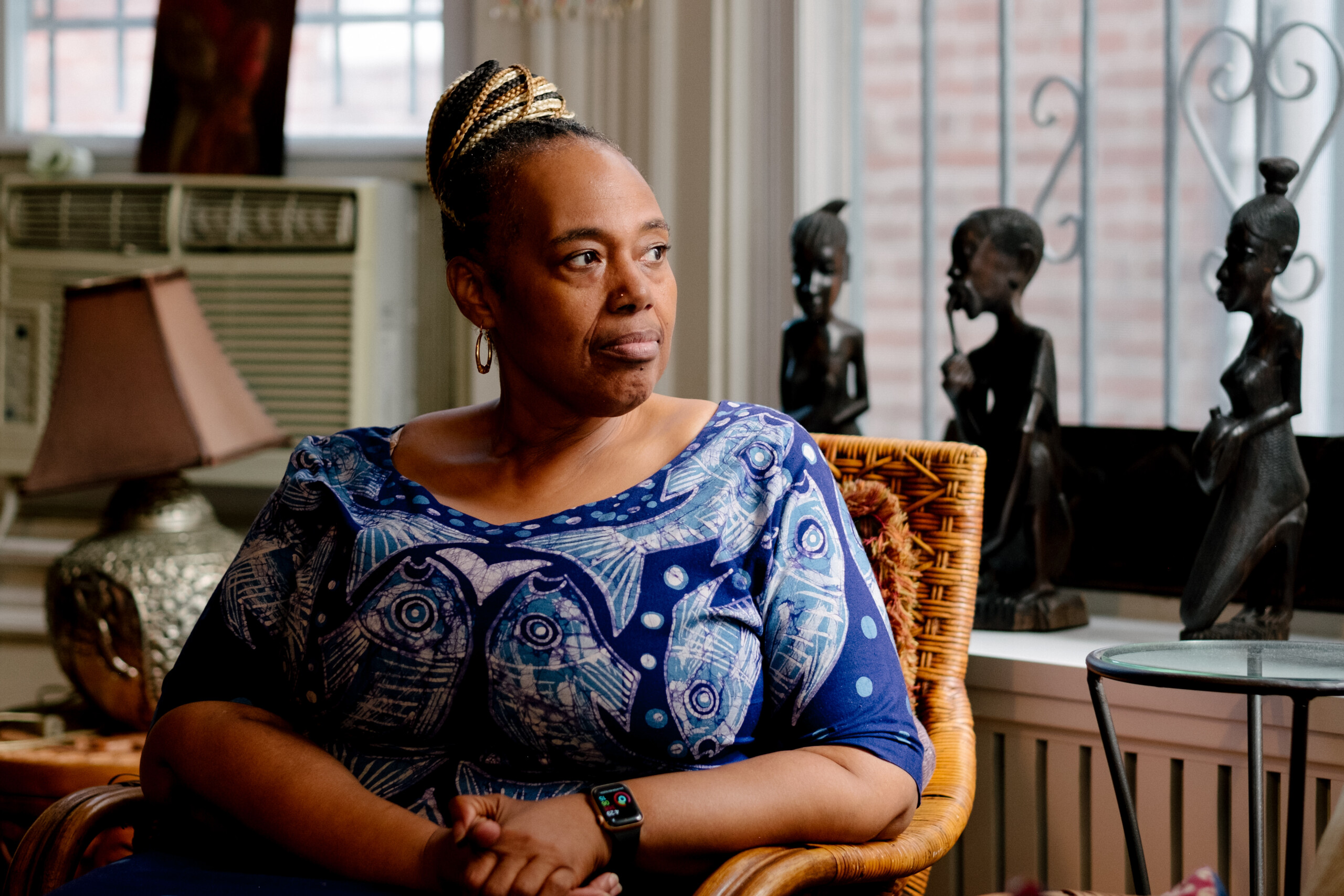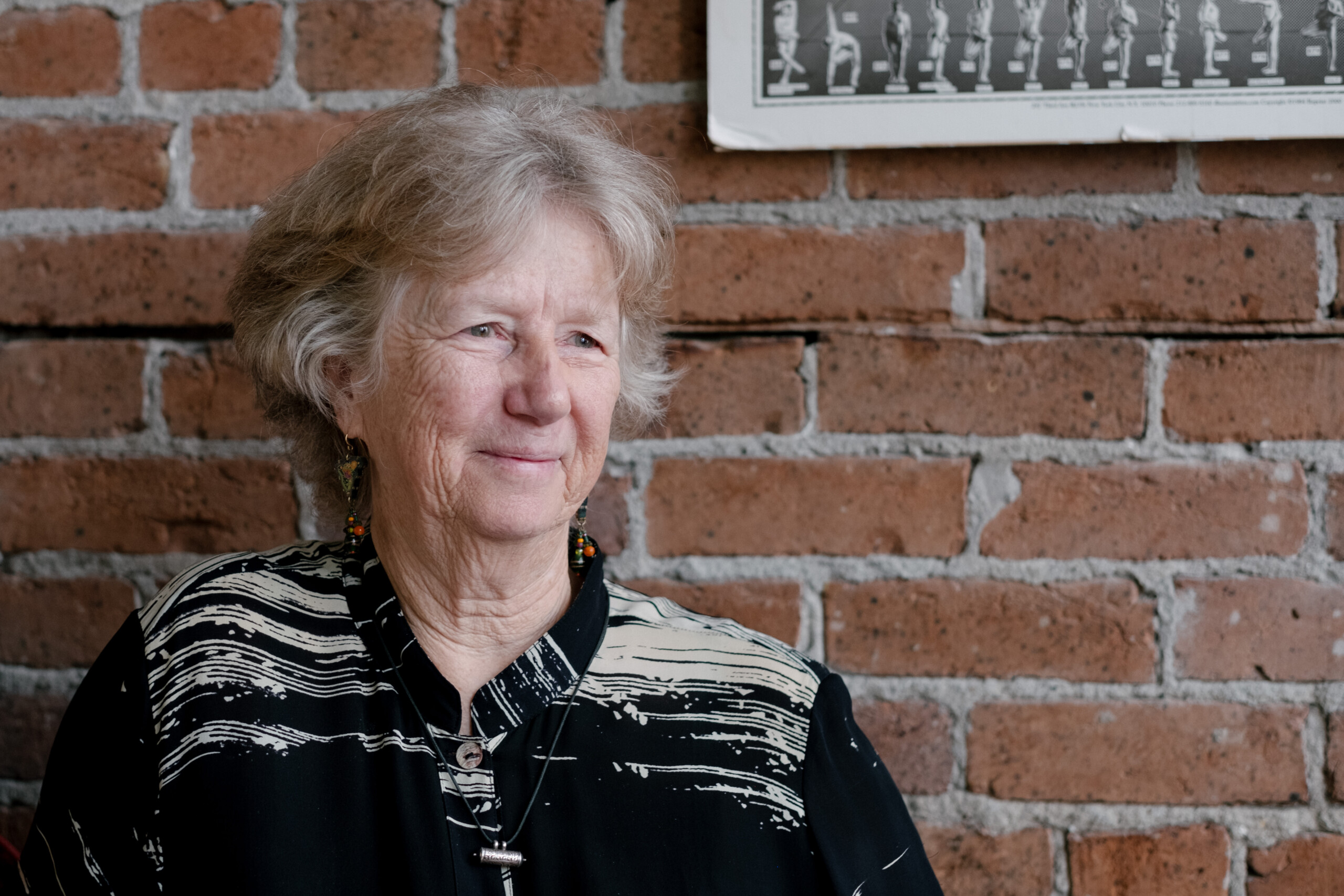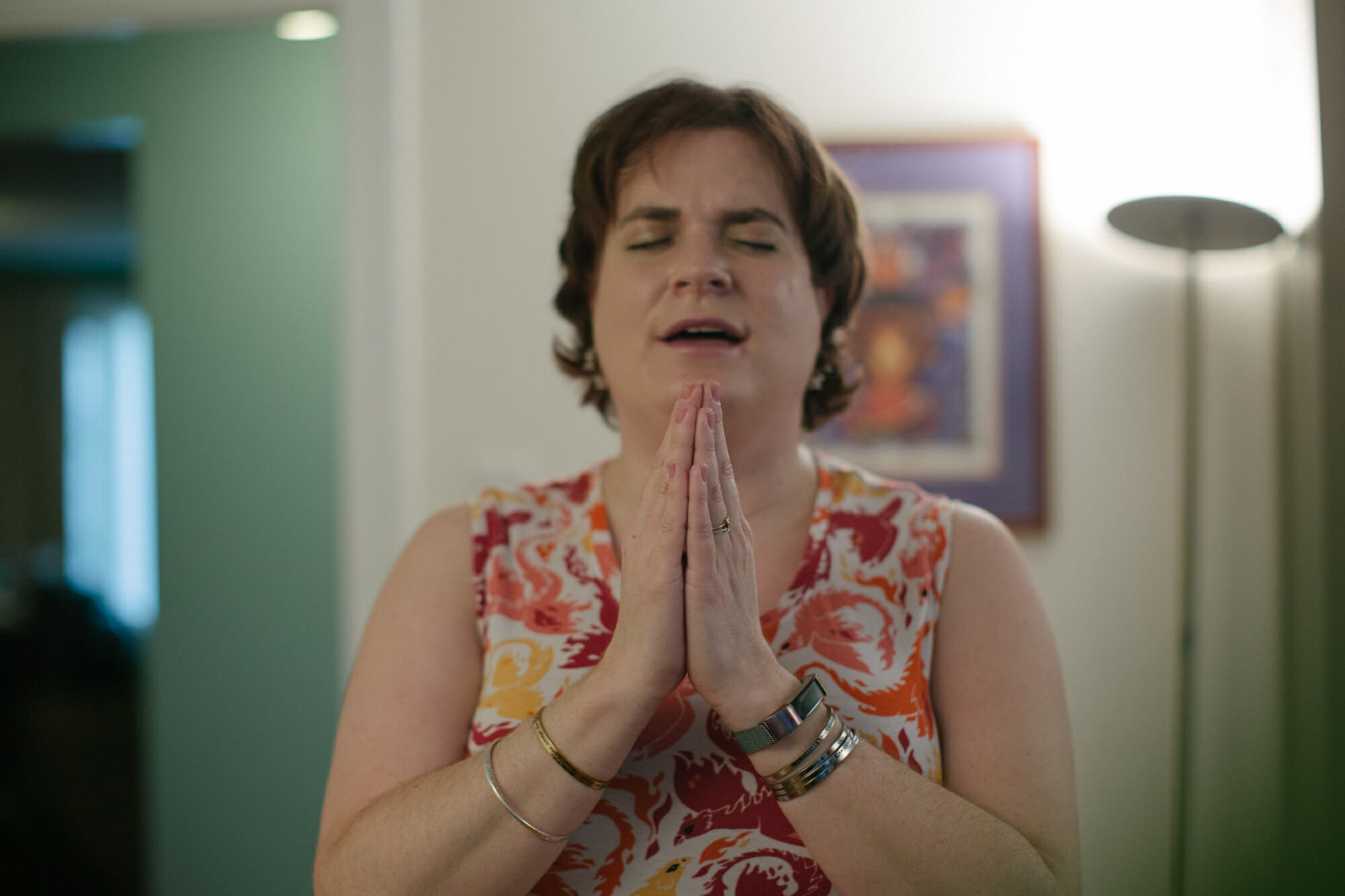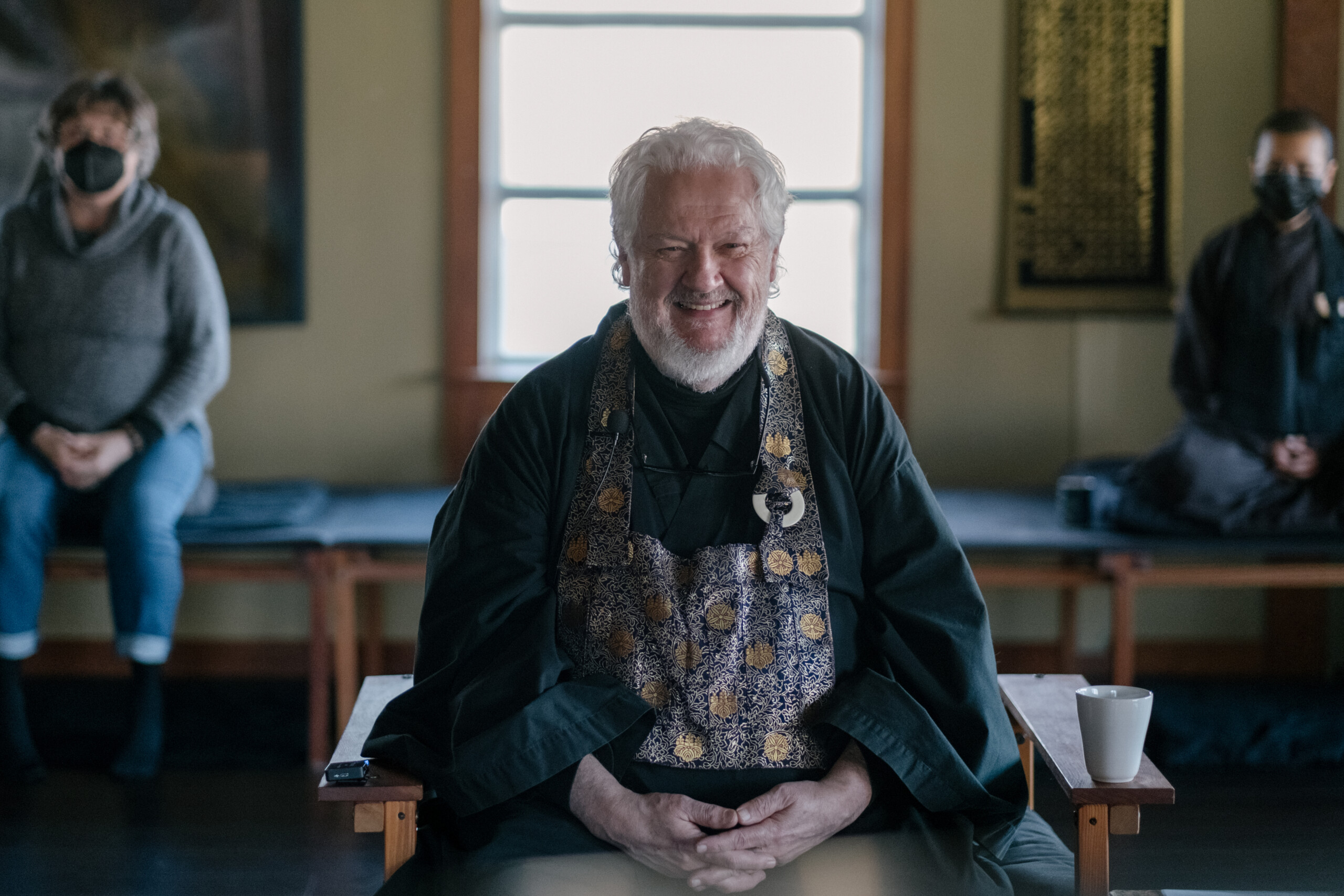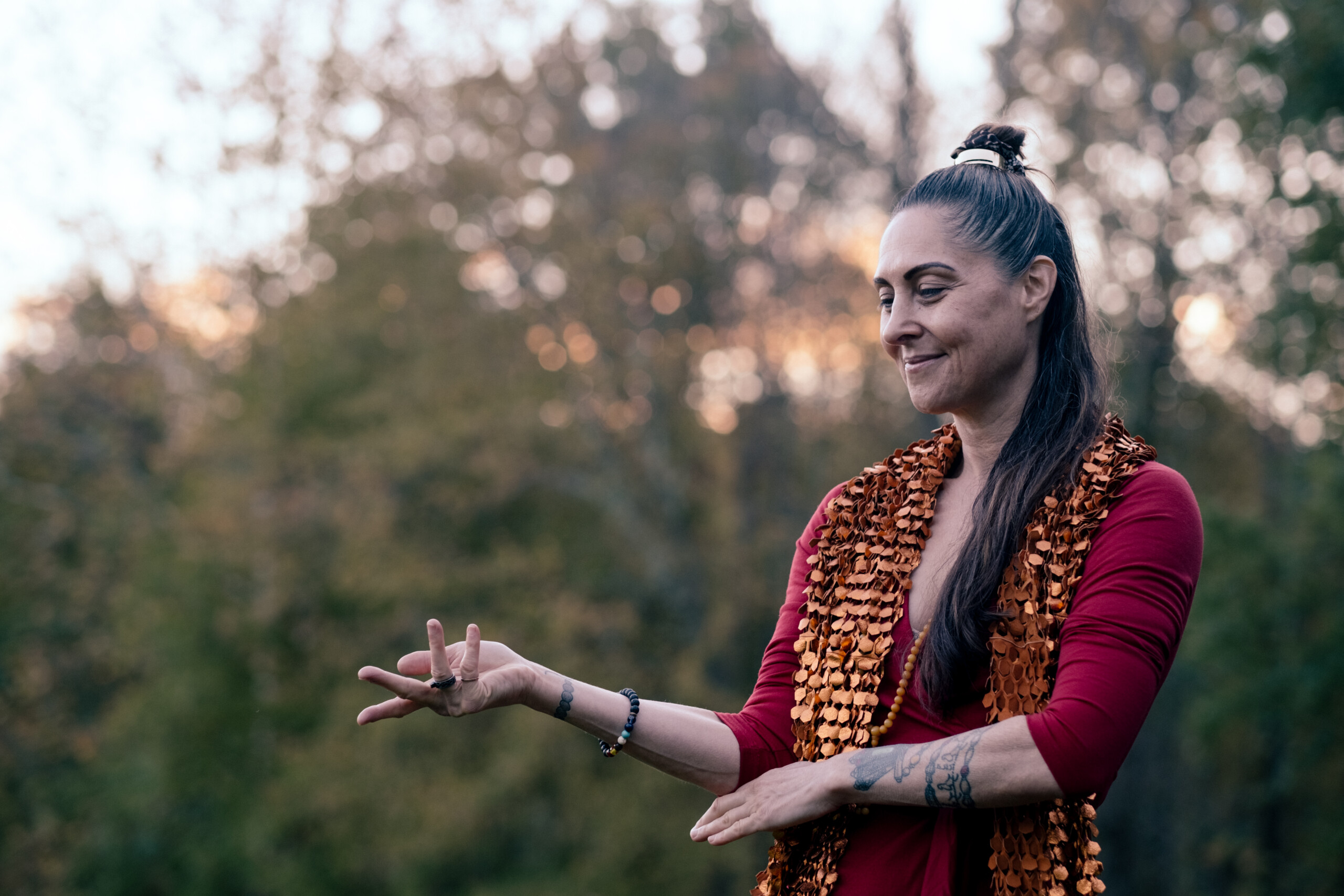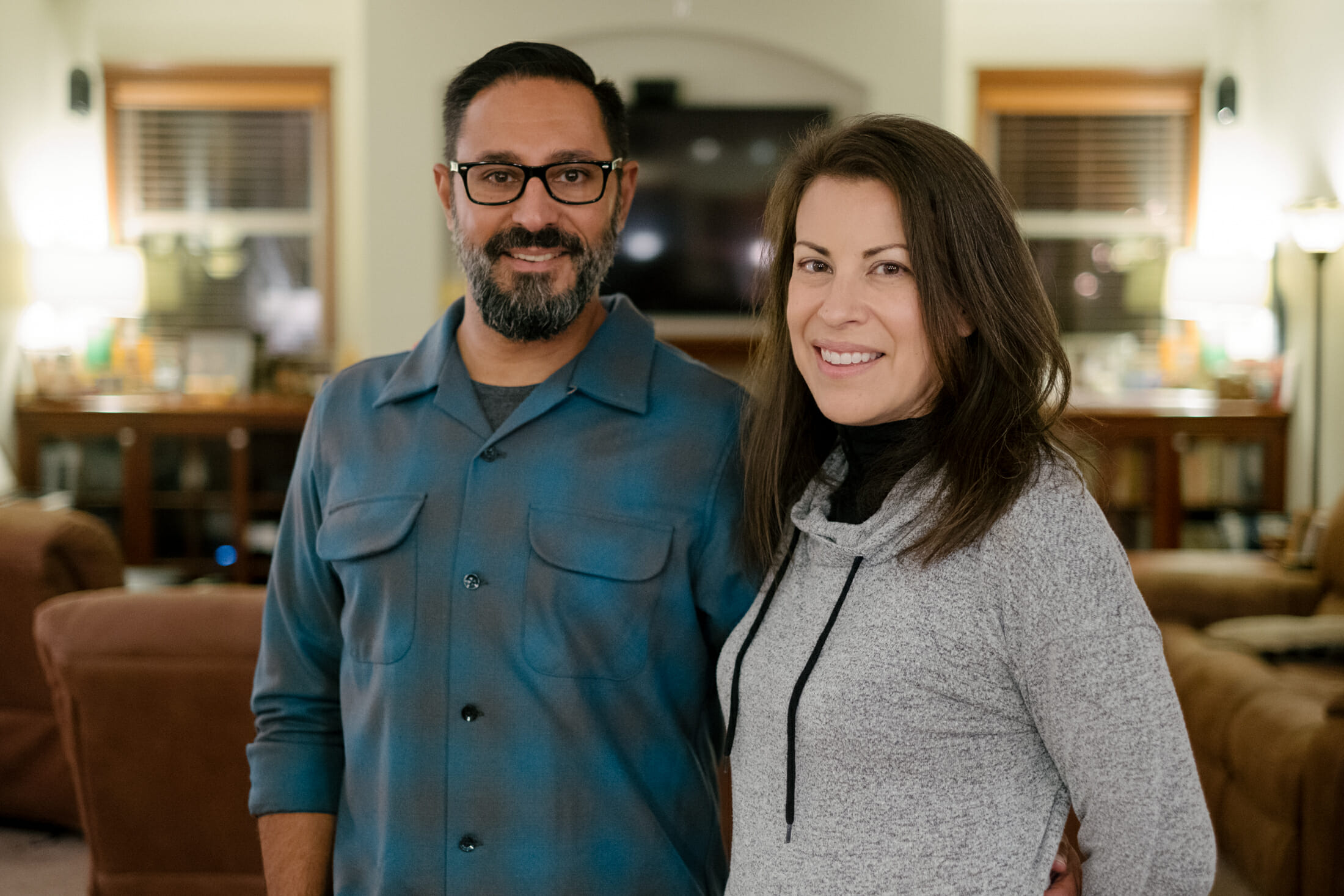History
Lisa, currently residing in Nashville, Tennessee, originated from Florida and spent part of her youth in Atlanta before settling in Nashville. Discovering Buddhism at the age of 17 during a high school elective on Zen Buddhism, Lisa found solace in the teachings of impermanence, especially during a challenging period when she lost both parents at the age of 16.
While initially putting meditation on hold, Lisa navigated through various life experiences, working as a tech executive before transitioning into a full-time career as a visual artist. Throughout these phases, she consistently cultivated her meditation practice and deepened her understanding of the Dharma.
Approximately 12 years ago, Lisa received full Dharma transmission authorization from her teacher, Trudy Goodman. Since then, she has been teaching the Dharma full-time, drawing on her diverse life experiences and spiritual journey.
Lineage
In her Dharma journey, Lisa grappled with the challenge of attracting followers without a clear tradition. Choosing the insight tradition as her foundation, she seamlessly blended Zen and Mahayana influences into her teachings. Lisa emphasized the need for a defined starting point, providing newcomers with insight basics for grounding.
While rooted in a specific tradition, Lisa encouraged an open-minded exploration of diverse teachings. Her memoir-like reflection underscored the dynamic nature of spiritual paths, with growth stemming from exposure to various perspectives. In her narrative, the journey was not merely about accumulating ideas but a process of self-discovery and awakening within the ever-evolving landscape of the Dharma.
Lineage Teachings
Lisa explores the core of her lineage teaching’s, drawing from Victor Frankl’s idea of choice in the space between stimulus and response. She sees the path as a means to move beyond conditioned reactivity, creating space for wise and compassionate responses.
Lisa underscores the initial challenges of an untrained mind on the path, emphasizing the importance of training to authentically observe experiences related to impermanence, identity, and life’s inherent suffering. The four foundations of mindfulness—breath, body, feeling tones, and thought—become a roadmap for developing stability and clarity.
She advocates for slowing down the mind, recognizing sensory inputs, and viewing thoughts objectively. Lisa sees these foundations as potent tools for transforming one’s relationship with experience. Encouraging a pause in overwhelming moments, she believes that introducing mindful awareness can alter the trajectory of the mind.
Lisa emphasizes the transformative nature of mindfulness, translating to “remembering” the present moment. She highlights the potential for a life-changing experience, prompting a desire for deeper exploration on the transformative journey of self-discovery.
Meditation and Trauma
In recounting her journey, Lisa reflects on her initial encounter with meditation as a teenager, attempting a Kundalini-style practice. Despite her innate ability to concentrate, the intense experience proved traumatizing and overwhelming. Recognizing that meditation wasn’t suitable at that time, she shifted her focus to acclimate back into the world after a period of isolation and loss.
A pivotal moment occurred when Lisa noticed a Zen meditation sign at a restaurant, coinciding with the beginning of therapy. The therapist provided crucial Western perspective, offering support and consistency as she navigated grief and trauma. This dual approach, blending therapy and meditation, proved vital in establishing a sense of safety and stability.
Lisa attributes her successful entry into meditation to a sense of readiness and maturity. Overcoming earlier trauma and reconnecting with her body facilitated a more comfortable meditation experience. The balance of therapy and practice, along with increased maturity, allowed her to explore deep meditation spaces without adverse reactions.
Acknowledging the importance of a gradual and careful approach, Lisa emphasizes the need for support, particularly from a therapist, when individuals with trauma embark on a meditation journey. She underscores that diving too deep without context can be destabilizing, reinforcing the significance of a measured and supported exploration of meditation for those dealing with trauma.
Practice
Lisa emphasizes the foundational importance of daily sitting in deepening one’s spiritual practice, encouraging a commitment to at least 30 minutes to reach a sweet spot of settling and insight. The metaphorical “legs” of the practice, as she terms it, include cultivating connections with the sangha, emphasizing the significance of spiritual companionship beyond mere self-improvement.
Lisa advocates for diverse engagements with the sangha, from day-long and half-day retreats to regular classes. She suggests at least a couple of meditational retreats annually for those deeply committed to the path. At One Dharma, the focus is on providing opportunities and space for individuals to cultivate their practice, acknowledging varying levels of commitment and creating accessibility through low-cost scholarship spots.
The ethos is to offer support in various forms, recognizing that people have different temperaments and abilities to commit. Lisa’s approach is to provide a comprehensive foundation for spiritual growth, ensuring that resources and means are available to anyone willing to embark on the path.
Sangha
From the onset of her Dharma journey, Lisa recognized the crucial role of sangha, considering it an essential facet of the Three Jewels. Driven by her own meaningful experiences within a spiritual community, she felt a deep commitment to share this opportunity for collective practice. Lisa underscores the potential for insularity in solitary practice, emphasizing the enriching aspects of communal engagement.
In her Sangha, diverse experiences are shared during Dharma talks and discussions, fostering a sense of normalization and self-acceptance. Lisa strives to create a welcoming and compassionate space for individuals at varying levels of experience, facilitating a sense of community that extends beyond personal boundaries.
Recognizing the significance of community in the spiritual journey, Lisa offers diverse opportunities for engagement, such as Back to Basics sessions for newcomers. She believes that a shared sense of community fosters a broader perspective, emphasizing the interconnectedness of all beings.
Teacher Fall Out
After experiencing disillusionment with two Zen teachers in succession, Lisa found herself shattered, questioning the veneer of guru veneration prevalent in Zen and other traditions. Leaving her community without a new one to connect with, she entered a state of uncertainty. In response, her meditation practice evolved into a gentle, soft-focused approach, akin to addressing trauma with kindness, persisting for a couple of transformative years.
Transitioning toward the insight tradition, Lisa founded One Dharma as a hybrid space, merging her Zen background with insight practices. Seeking comfort and connection, she formed a community where she could sit with like-minded individuals. Trudy Goodman’s influence, as a teacher who had shifted to the insight tradition, played a pivotal role in this transition.
Reflecting on the healing power of those unfocused years, Lisa recognized their necessity for personal growth. Addressing the popular notion that emphasizes teachings over teachers, she introduced a nuanced perspective, acknowledging the interplay between teachings and their sources. Ethical considerations took precedence for Lisa, emphasizing the importance of teachers embodying the principles they impart. Her journey underscores the challenges of navigating ethical considerations within teacher-student relationships, highlighting the need for awareness and responsibility in the teaching role.
Teachers
From the outset, Lisa recognized the immense value of having a teacher, appreciating the alternative perspective they bring to her understanding of the Dharma. For her, a teacher’s role isn’t about claiming enlightenment but showcasing authenticity and humanity. She values those who are willing to acknowledge imperfections, remain humble, and avoid presenting a flawless facade.
Lisa emphasizes the importance of looking beyond superficial appearances to assess a teacher’s authenticity, kindness, and accessibility. In her view, a genuine teacher is one who reveals their humanity, steering clear of a lofty guru persona. Trudy, a teacher Lisa admires, exemplifies authenticity by teaching through her humanity, a quality Lisa also strives to embody.
Lisa is drawn to teachers who demonstrate a love for the Dharma, dedicating their lives to its practice and sharing it sincerely. She is cautious about the potential pitfalls of elevating teachers too high, recognizing the risks of abuse and unskillful behavior. To strike a balance, she advocates for an awareness of the humanity of teachers while appreciating their dedication to the path.
Ultimately, Lisa believes in the ongoing learning process, acknowledging that nobody gets it right all the time. She values teachers who are further along the path, even those with many decades of experience, highlighting the perpetual need for guidance and mentorship. The best teachers, she notes, continue to seek teachings themselves, reinforcing the idea that the teacher-student relationship remains a source of continual growth and enlightenment.
Teaching Style
In her one-on-one interactions, Lisa’s approach is to meet individuals where they are, listening attentively and incorporating their challenges into a Dharma context. While recognizing the need for therapy in certain situations, Lisa emphasizes the value of infusing daily life with Dharma principles. By exploring immediate experiences and delving into the body and breath, she helps individuals tap into Dharma wisdom—a deeper understanding that transcends conditioned reactivity and fear.
Lisa believes in the transformative power of accessing a voice of wisdom beyond the conditioned mind, quoting Einstein’s insight that problems can’t be solved with the same mind that created them. Her work aims to guide individuals toward utilizing this wisdom to navigate life’s challenges and attain a deeper sense of freedom. Through this process, Lisa assists students in evolving, addressing not only their personal experiences but also guiding them in teaching and working with others as they mature in their practice.
Acknowledging the importance of boundaries, Lisa ensures a balanced approach, suggesting therapy when necessary and emphasizing that she is not a therapist but a facilitator creating a context for meeting life through the teachings of the Buddha.
Impermanence
In her one-on-one interactions, Lisa’s approach is to meet individuals where they are, listening attentively and incorporating their challenges into a Dharma context. While recognizing the need for therapy in certain situations, Lisa emphasizes the value of infusing daily life with Dharma principles. By exploring immediate experiences and delving into the body and breath, she helps individuals tap into Dharma wisdom—a deeper understanding that transcends conditioned reactivity and fear.
Lisa believes in the transformative power of accessing a voice of wisdom beyond the conditioned mind, quoting Einstein’s insight that problems can’t be solved with the same mind that created them. Her work aims to guide individuals toward utilizing this wisdom to navigate life’s challenges and attain a deeper sense of freedom. Through this process, Lisa assists students in evolving, addressing not only their personal experiences but also guiding them in teaching and working with others as they mature in their practice.
Acknowledging the importance of boundaries, Lisa ensures a balanced approach, suggesting therapy when necessary and emphasizing that she is not a therapist but a facilitator creating a context for meeting life through the teachings of the Buddha.
Zen
In her one-on-one interactions, Lisa’s approach is to meet individuals where they are, listening attentively and incorporating their challenges into a Dharma context. While recognizing the need for therapy in certain situations, Lisa emphasizes the value of infusing daily life with Dharma principles. By exploring immediate experiences and delving into the body and breath, she helps individuals tap into Dharma wisdom—a deeper understanding that transcends conditioned reactivity and fear.
Lisa believes in the transformative power of accessing a voice of wisdom beyond the conditioned mind, quoting Einstein’s insight that problems can’t be solved with the same mind that created them. Her work aims to guide individuals toward utilizing this wisdom to navigate life’s challenges and attain a deeper sense of freedom. Through this process, Lisa assists students in evolving, addressing not only their personal experiences but also guiding them in teaching and working with others as they mature in their practice.
Acknowledging the importance of boundaries, Lisa ensures a balanced approach, suggesting therapy when necessary and emphasizing that she is not a therapist but a facilitator creating a context for meeting life through the teachings of the Buddha.
Advice
Lisa’s journey into the profound realms of Buddhism is marked by a deep and unwavering commitment. Inspired as a teenager, she felt a true calling in her heart for the path, leading her to dedicate herself to daily practice, Sangha gatherings, and transformative retreats. Her commitment stems from a pivotal moment when faced with clinical depression, choosing meditation over antidepressants.
Meditation, for Lisa, isn’t merely a tool for personal improvement but a gateway to a broader perspective. Impermanence, a central theme in her practice, liberates her from self-identification and suffering. This spacious awareness allows her to disentangle from personal struggles, fostering clarity and revealing the interconnected nature of all things.
Lisa emphasizes the immediacy of Dharma practice, where delusion and enlightenment are intertwined. The path, she believes, is not a means to escape pain but a tool to open up to life’s challenges with clarity. In a world where anyone can claim to be a mindfulness teacher, Lisa underscores the importance of discernment. She advocates for evaluating a teacher’s depth, lineage, and authorization, cautioning against charismatic figures who may lack substance beneath the surface.
Maintaining agency is crucial in Lisa’s teaching philosophy. She believes in guiding and offering support without imposing one’s will on others. For her, holding the role of a teacher lightly is key, ensuring that the identity doesn’t become a source of undue power. As she navigates the delicate balance between taking the Dharma seriously and not clinging to the role, Lisa embodies a teacher who honors the essence of the teachings while respecting the autonomy of those on the path.
Creative Expression
In the realm of artistic expression, Lisa’s journey unfolded with a profound impact, notably in her experience as a painter. Engaged in creating large paintings, often commissioned by supportive institutions, she discovered a recurrent pattern. Initially armed with a vision, Lisa found herself a third of the way into the process, where the envisioned path would vanish, plunging her into a state of “don’t know mind.” This surrender to not knowing, akin to embracing emptiness, mirrored the practice of letting go in the face of uncertainty. It demanded a moment where Lisa, the one who thought she knew the creative trajectory, had to step aside, allowing something new and profound to emerge. Each painting became a practice of trusting a deeper, wiser process beyond the self.
Transitioning to photography, Lisa extended this mindful approach to her teachings in mindful photography workshops. The essence lay in receptivity, stepping back from a predetermined agenda, and opening oneself to what the moment presented. The practice of mindful photography, for Lisa, was cultivating a receptive and open awareness that allowed beauty to unfold naturally. It was a conscious effort to let go of personal agendas and preconceived ideas, creating space for unexpected and remarkable shots to materialize. The practice extended beyond the lens, resonating with her broader approach to life—an openness and spaciousness of mind, letting go of the self-agenda, and allowing something more significant to manifest.
Emptiness
In Lisa’s teachings, the thread of emptiness is intricately woven throughout. She emphasizes that as individuals delve into the foundational aspects of practice, they inevitably encounter emptiness within their experience. Whether in the direct awareness of breath and body or the exploration of feeling tones, the sense of a separate self dissolves. This dissolution is not a negation of personal identity but an understanding of its impermanence. Lisa underscores the importance of interjecting emptiness into her teachings, considering it an integral element woven into the entire path.
Her approach involves guiding students to touch into the directness of their experiences, acknowledging the universal nature of suffering. Emphasizing the interconnectedness of all beings, she sees compassion naturally arising from these realizations. While recognizing that the journey into emptiness may unfold at varying paces for individuals, Lisa tailors her guidance to each student’s orientation. She acknowledges that some may find the concept of emptiness daunting, assuring them that the ego persists and will return.
She encourages a sense of shared space, emphasizing “together action” where practitioners recognize their interconnectedness. Lisa envisions compassion extending beyond personal practice, rippling outward into actions that benefit others. She advocates for the intentional cultivation of loving-kindness and compassion, both as a deliberate practice and as a natural outcome of deepening experiences with truth and suffering. For Lisa, the journey is about gradually opening up, moving away from self-identification, and embracing a more expansive, compassionate understanding.
On Experience
Lisa acknowledges that experienced Dharma teachers, including herself, continue to grapple with the challenges inherent in human existence. While few teachers claim full enlightenment, the path becomes more familiar and well-worn. When facing life’s difficulties, the teachings serve as a supportive and powerful guide for realignment. Lisa emphasizes that the path doesn’t eradicate suffering; rather, it offers a way to navigate challenges and disruptions.
In moments of distress, such as a problematic home remodeling situation, Lisa shares a personal experience. Feeling anger and frustration, she recognizes the choice before her—whether to expend energy on negativity or to utilize the teachings for a shift in perspective. Through mindful awareness of the present moment and the direct experience of bodily sensations, she accesses a transformative space. The immediacy of the present moment, combined with the teachings, enables a rapid shift in perception and response.
Lisa emphasizes the ongoing human experience of reactive emotions but highlights the increased access to resources for dealing with them. The teachings help her recognize the mind’s patterns of reactivity, attachment, and clinging, allowing her to step back and cultivate spacious awareness. This doesn’t mean avoiding necessary actions or self-care but rather approaching challenges with a more open and aware mind. Lisa describes this process as taking a backward step into immediate experience, a practice that becomes ingrained and serves as a valuable resource for navigating the complexities of life.

